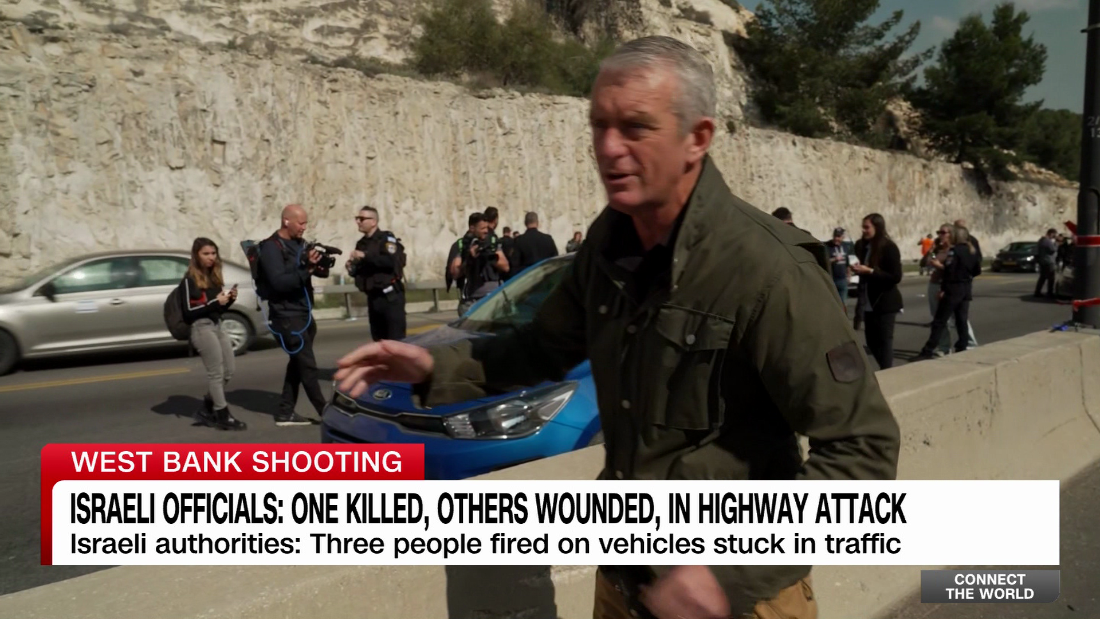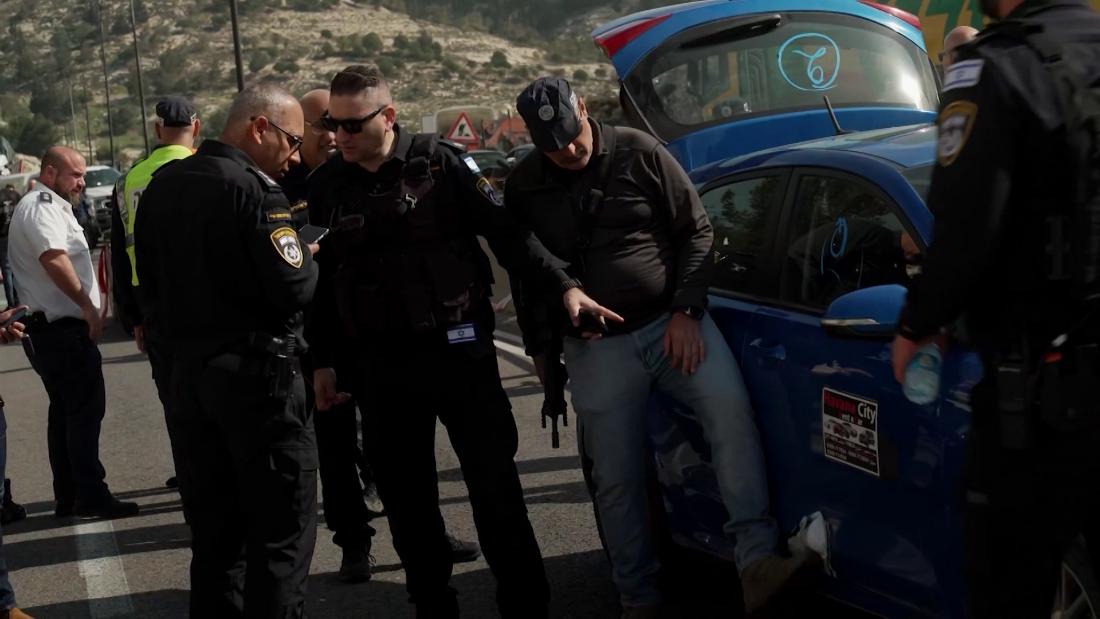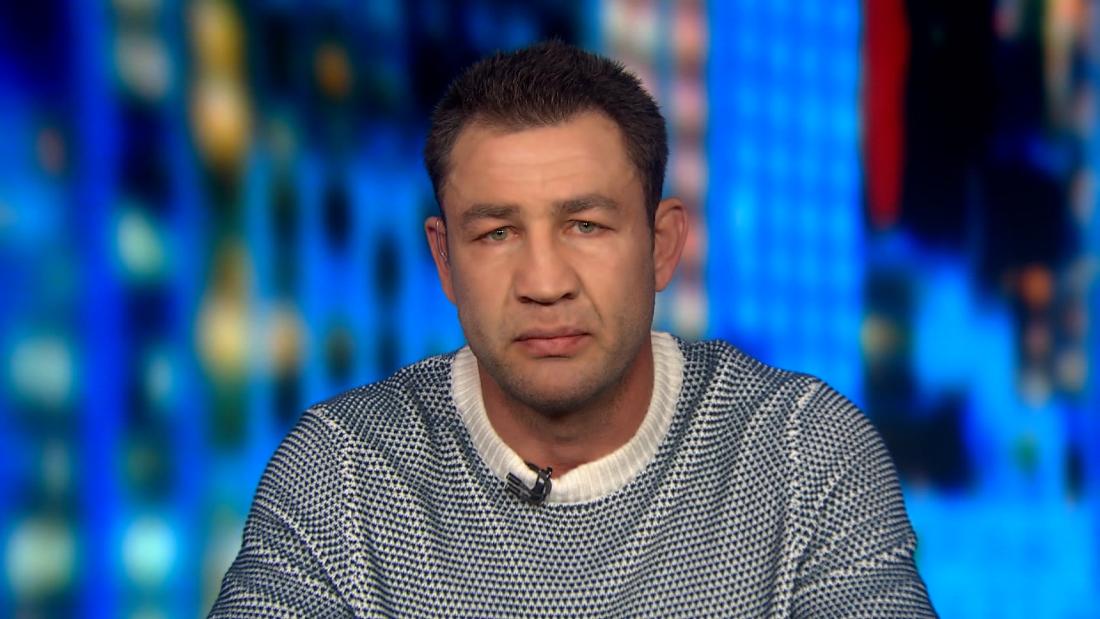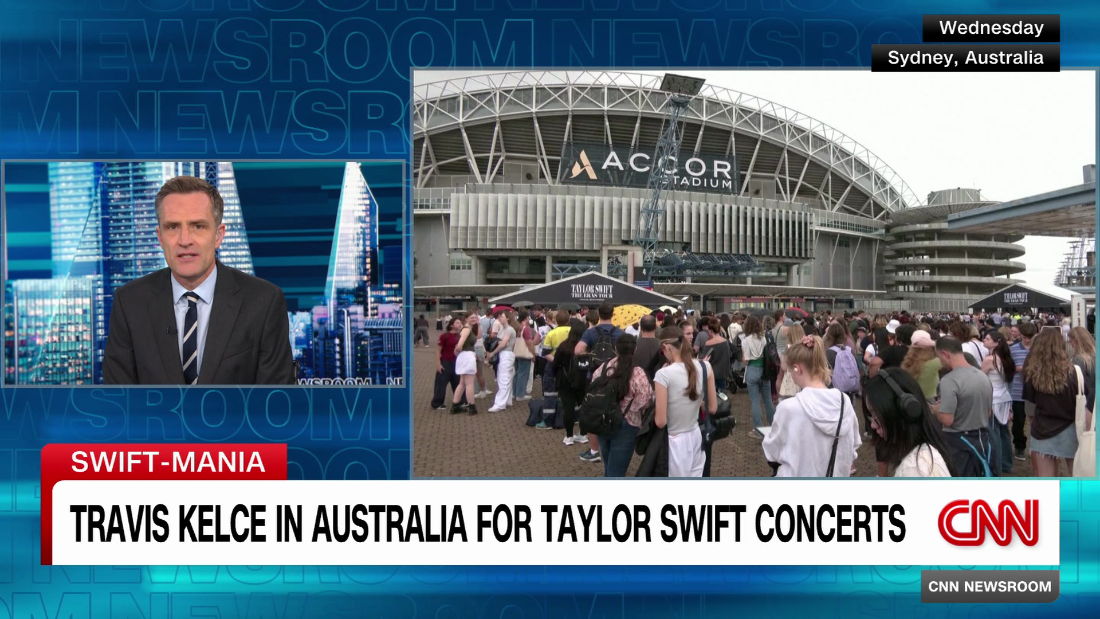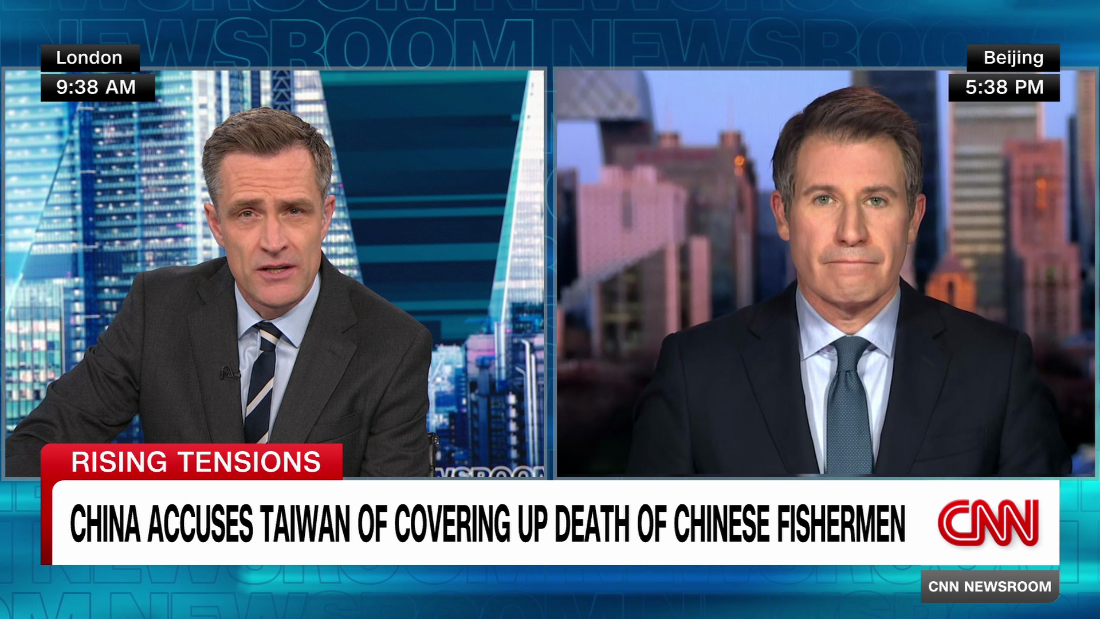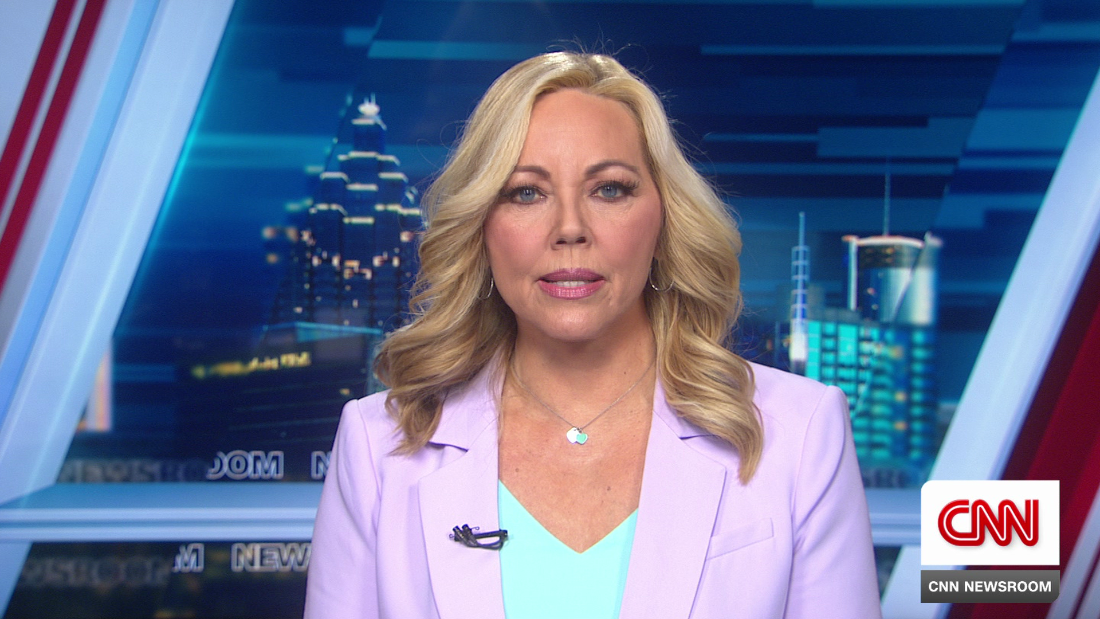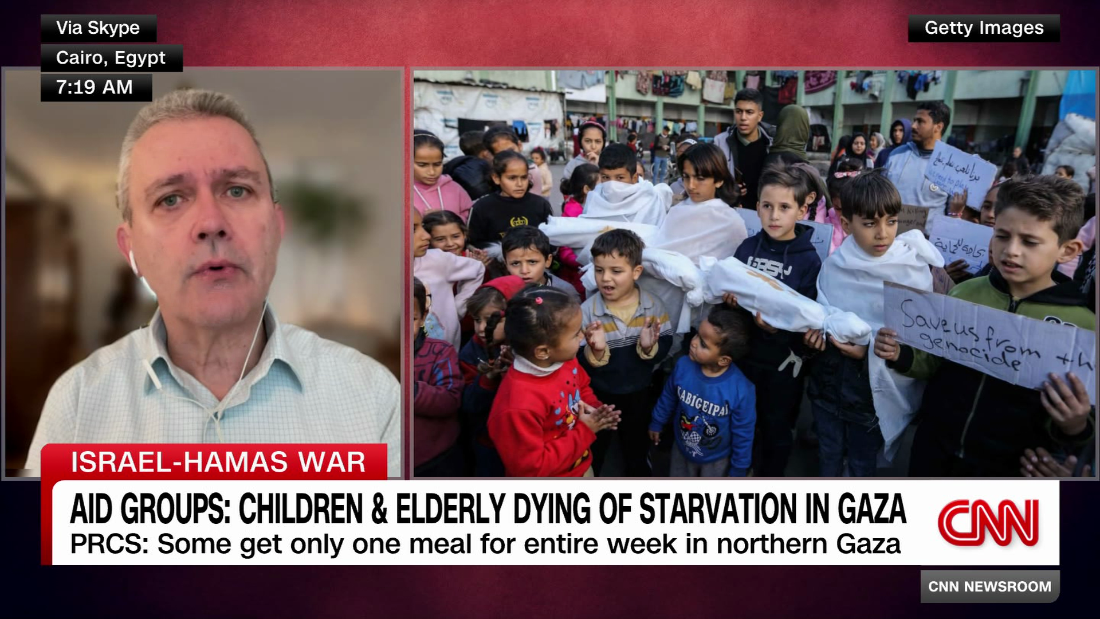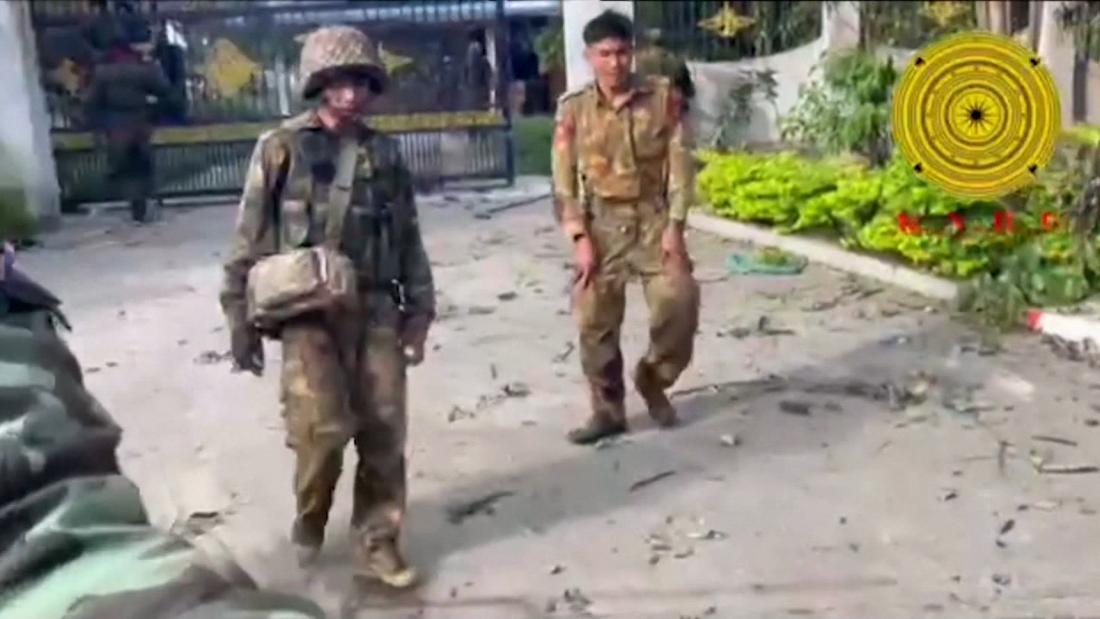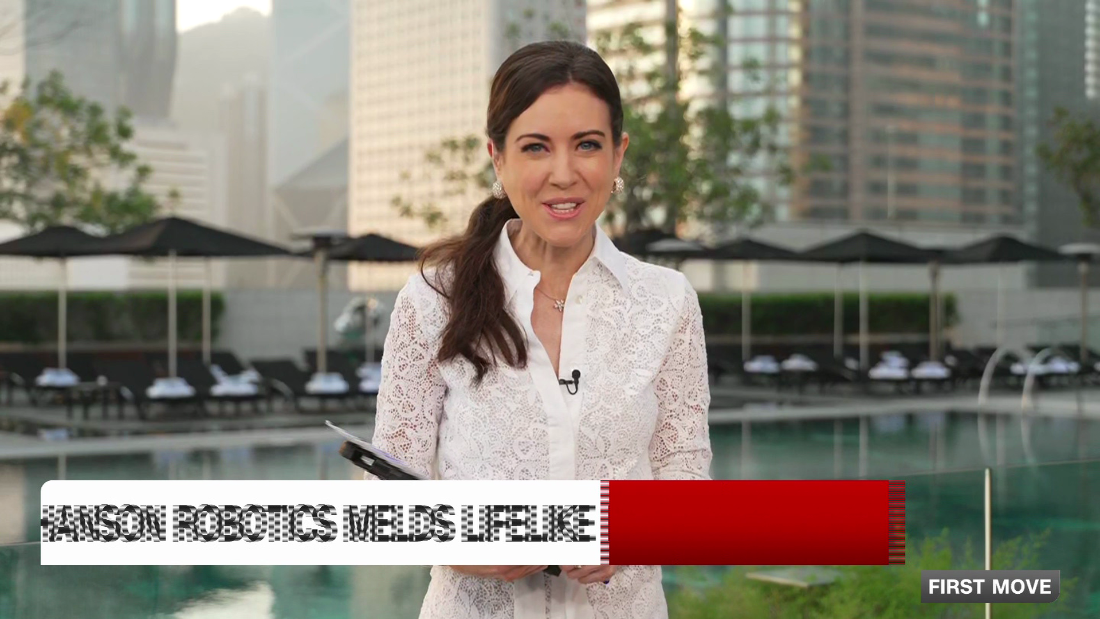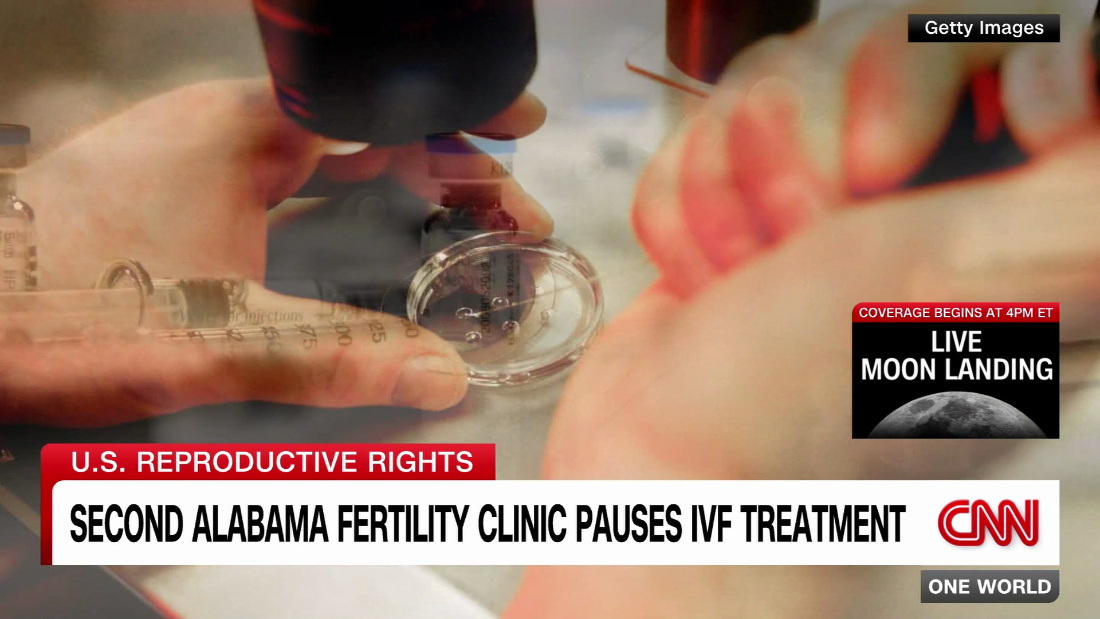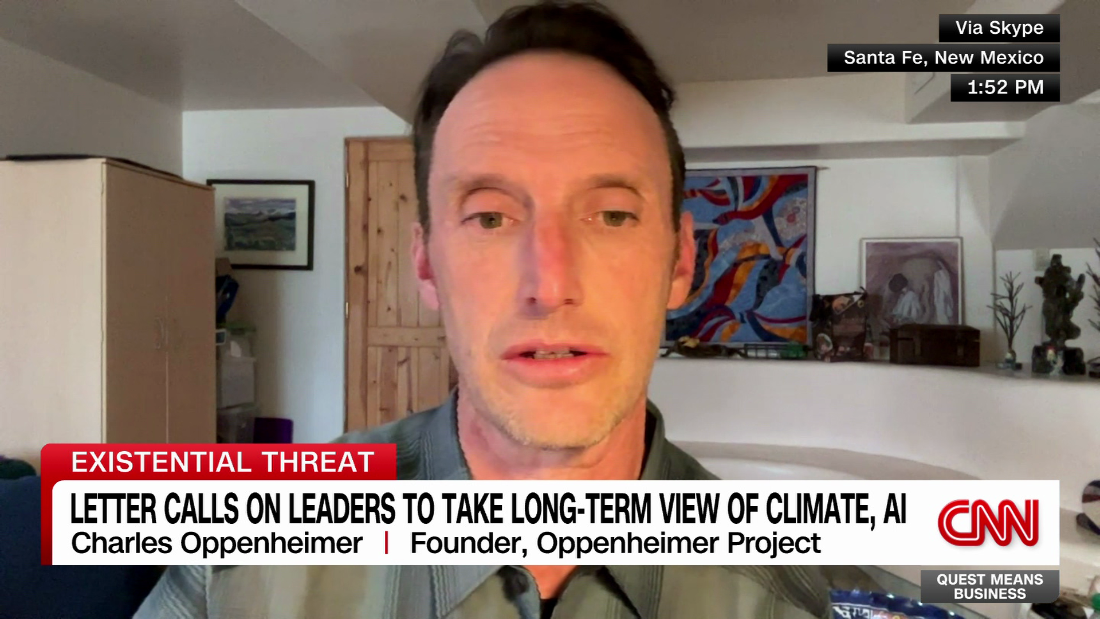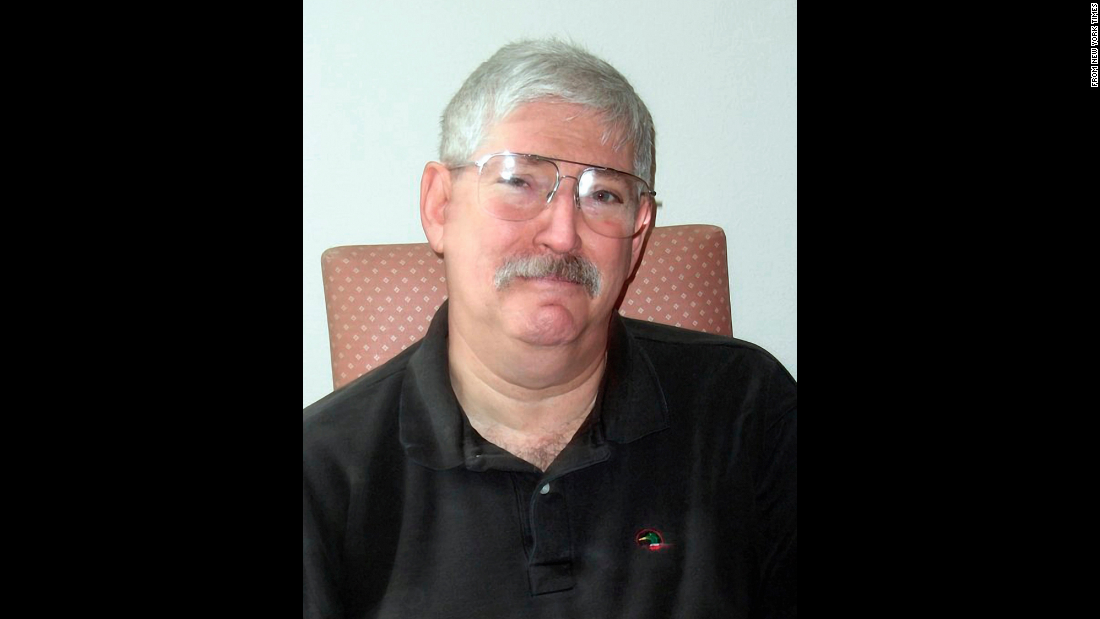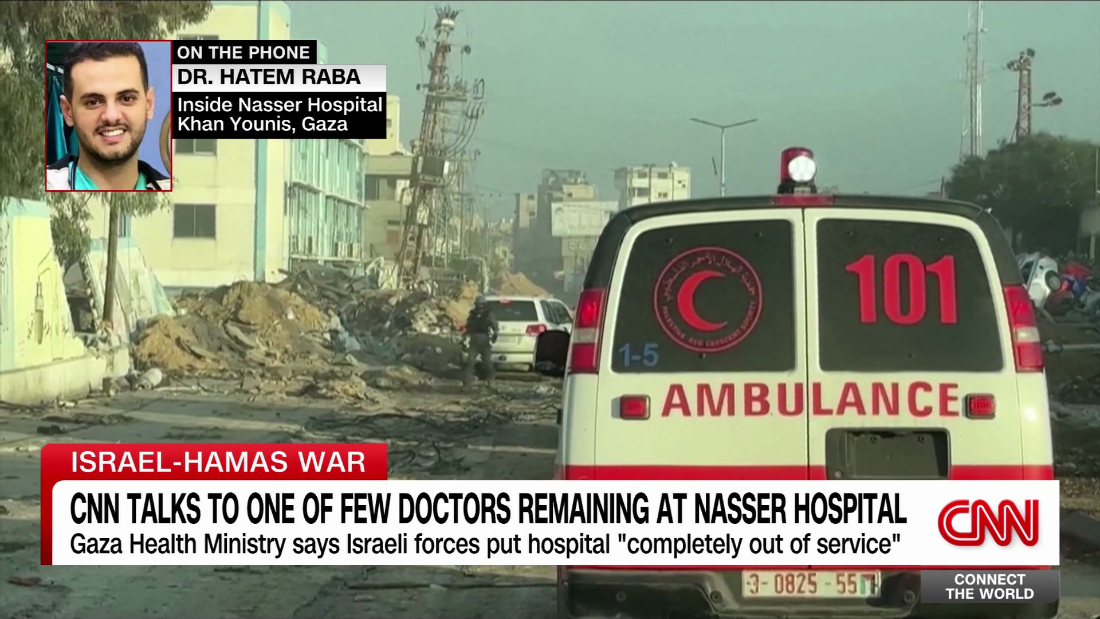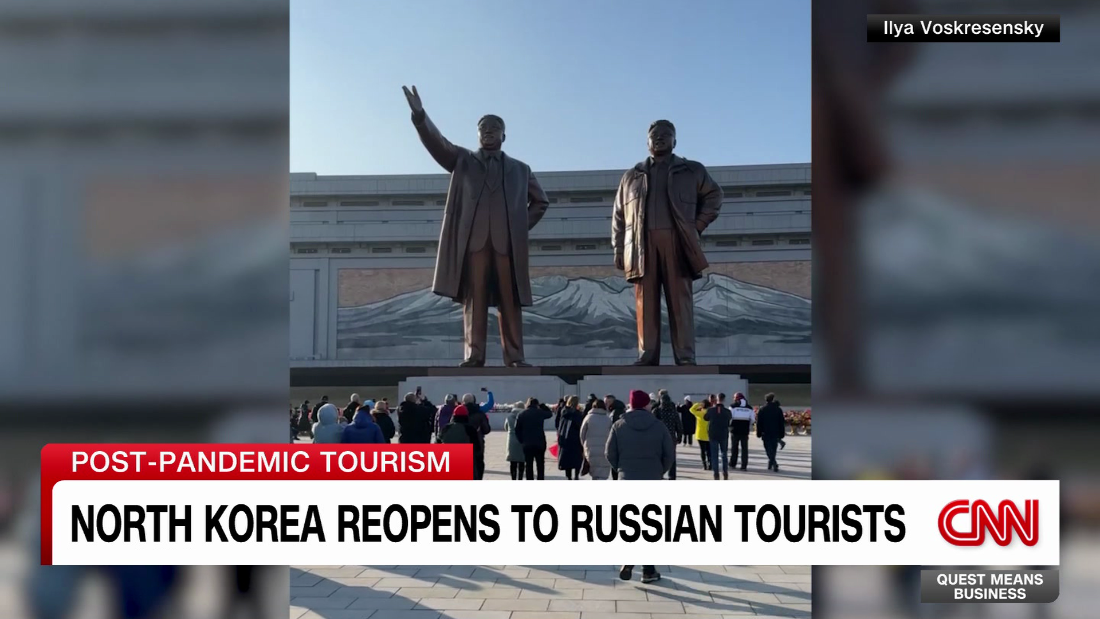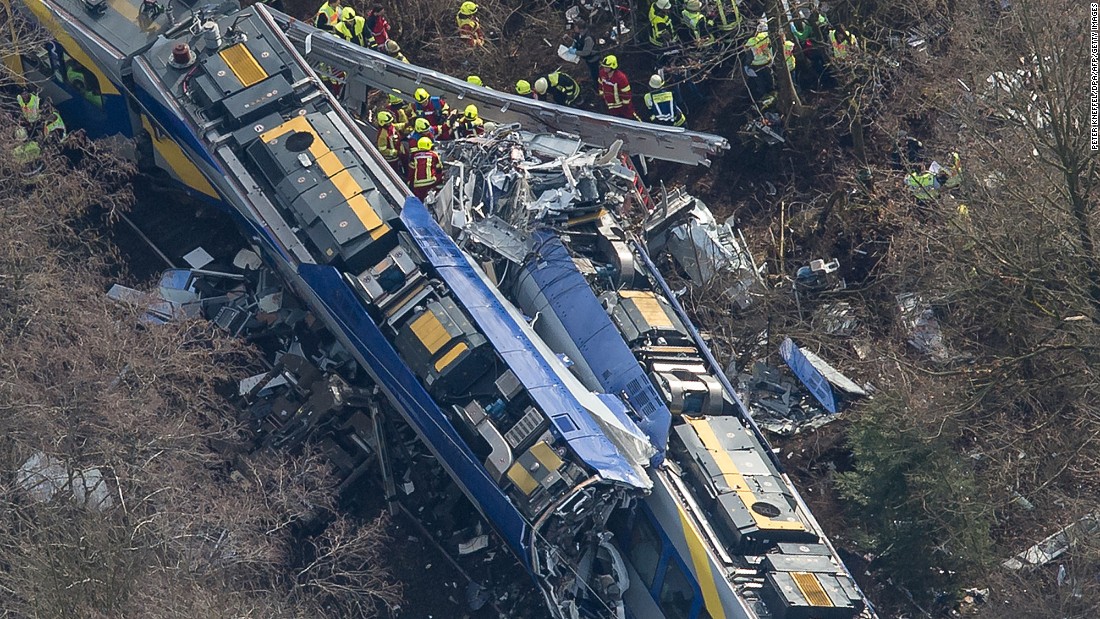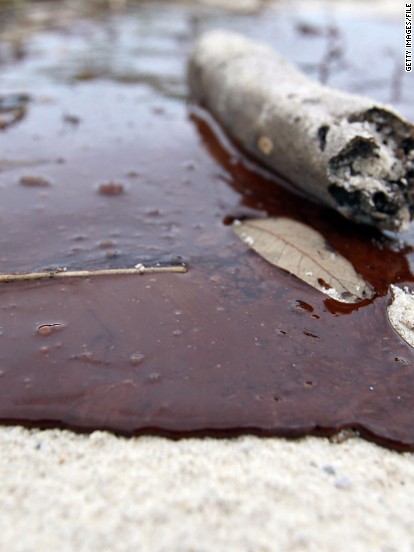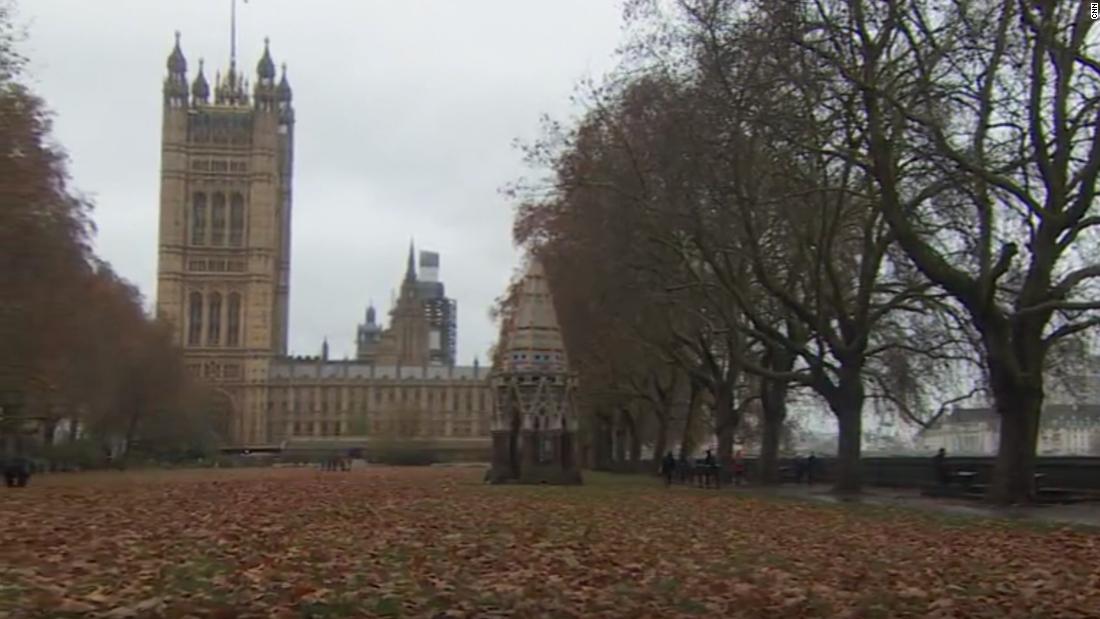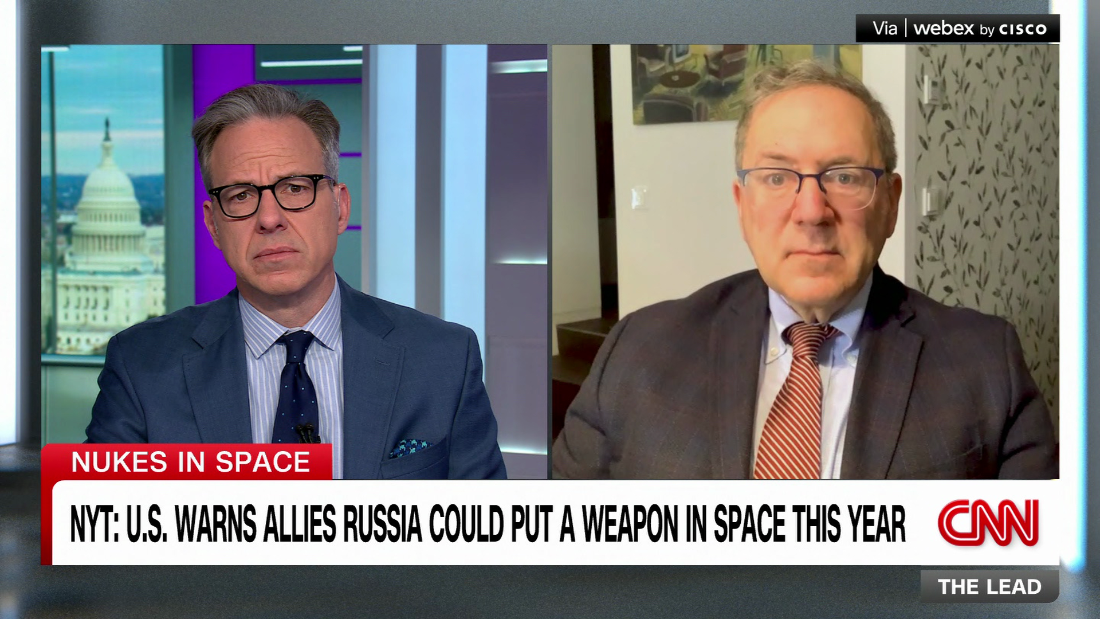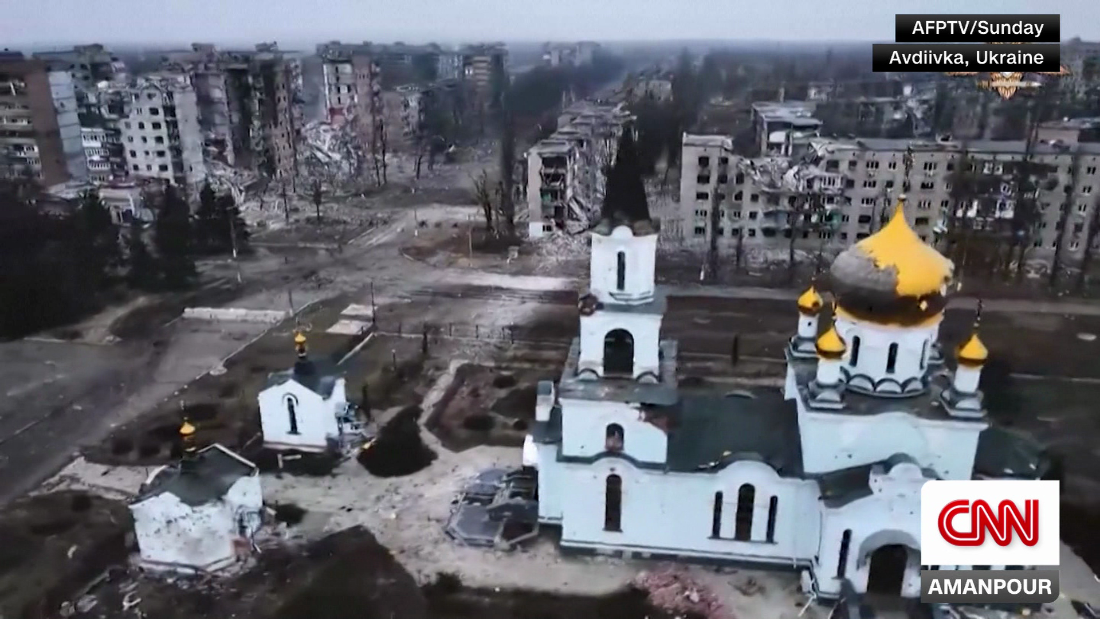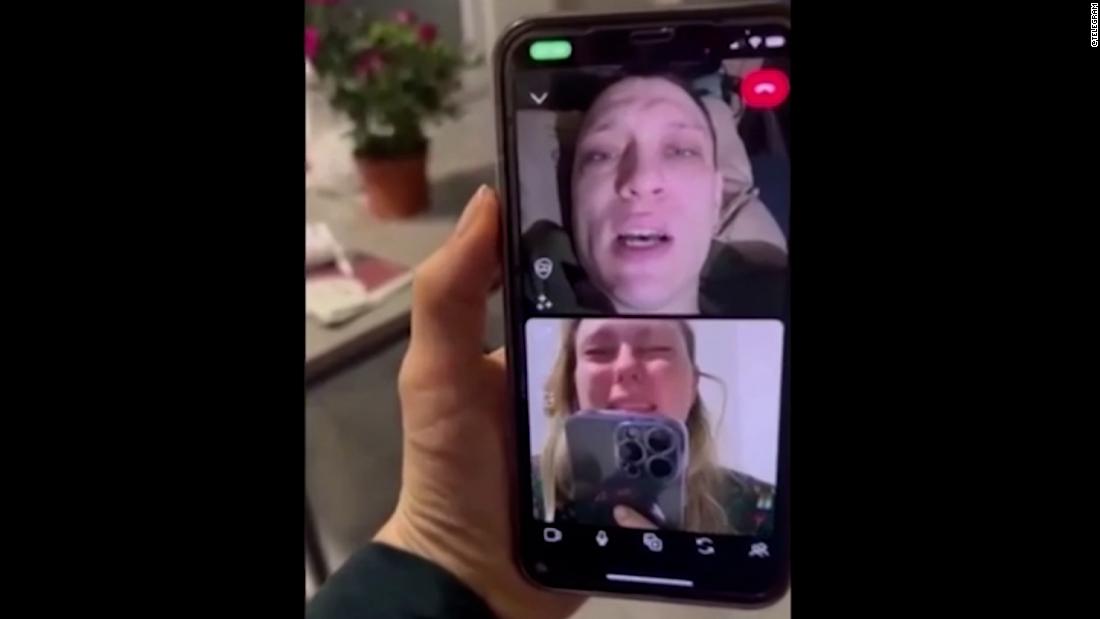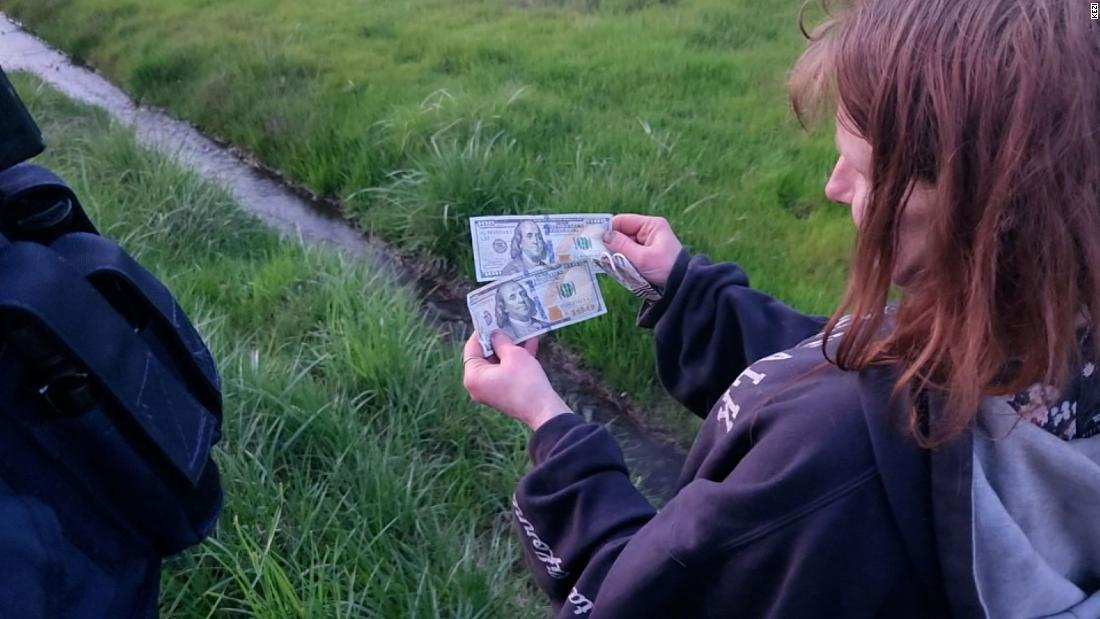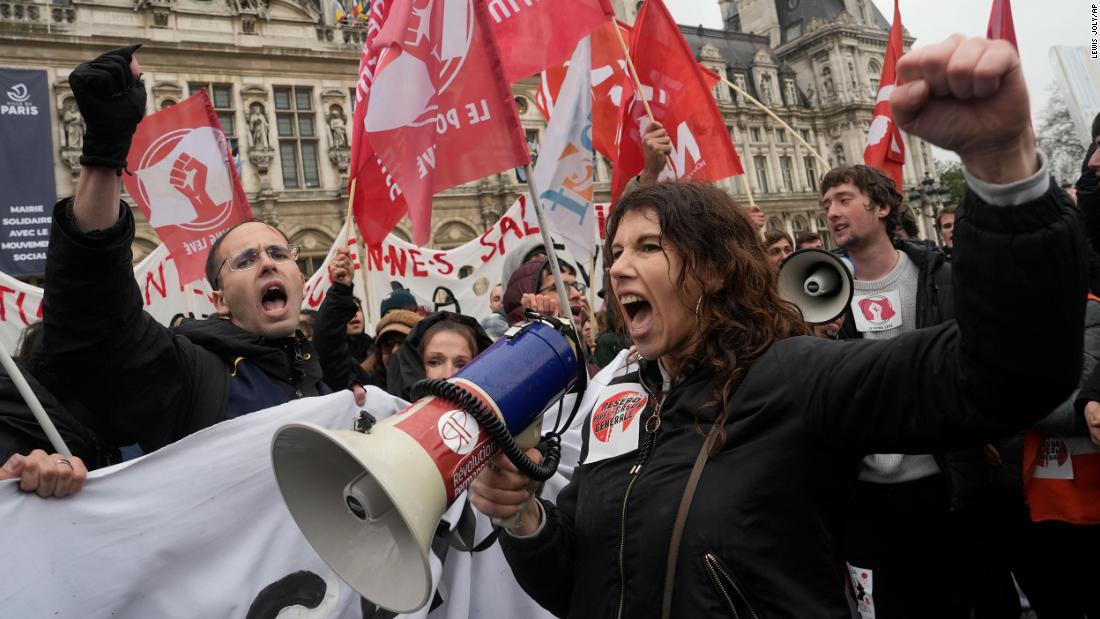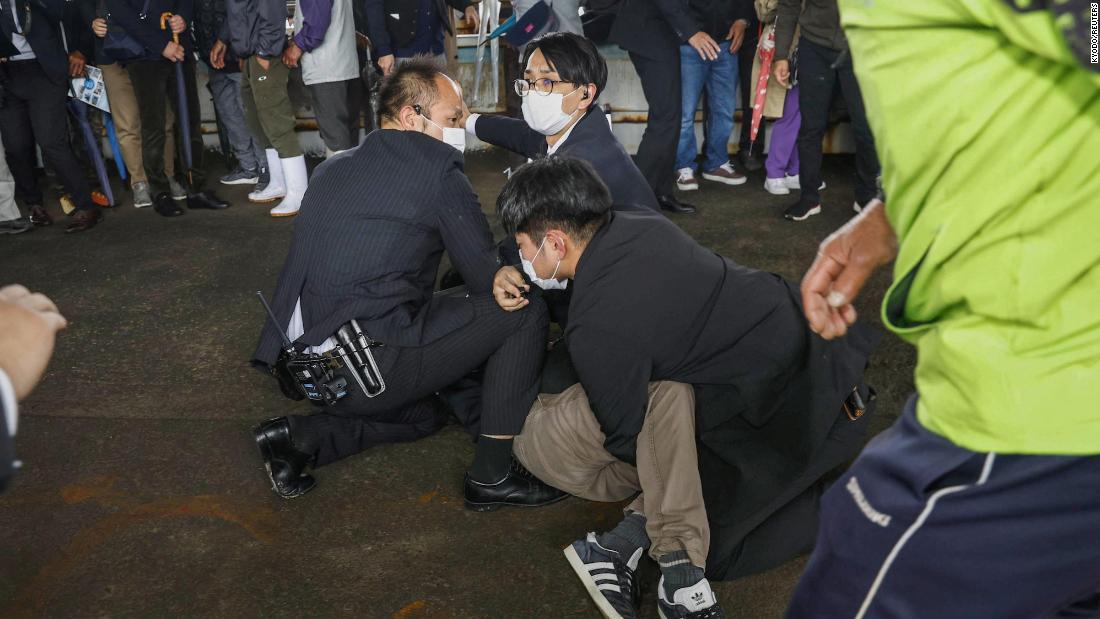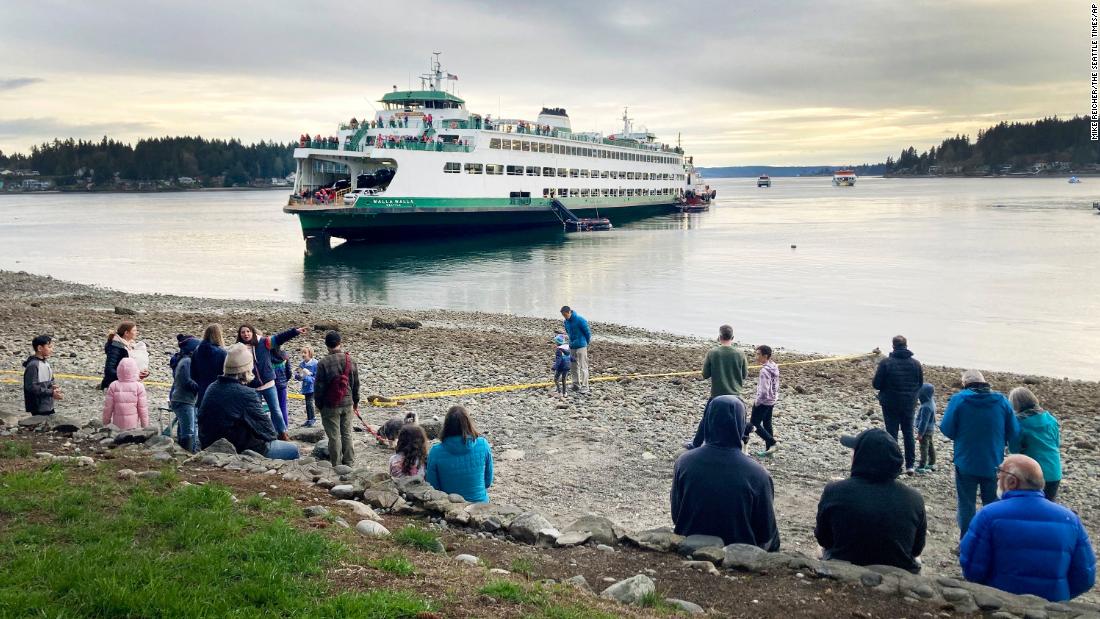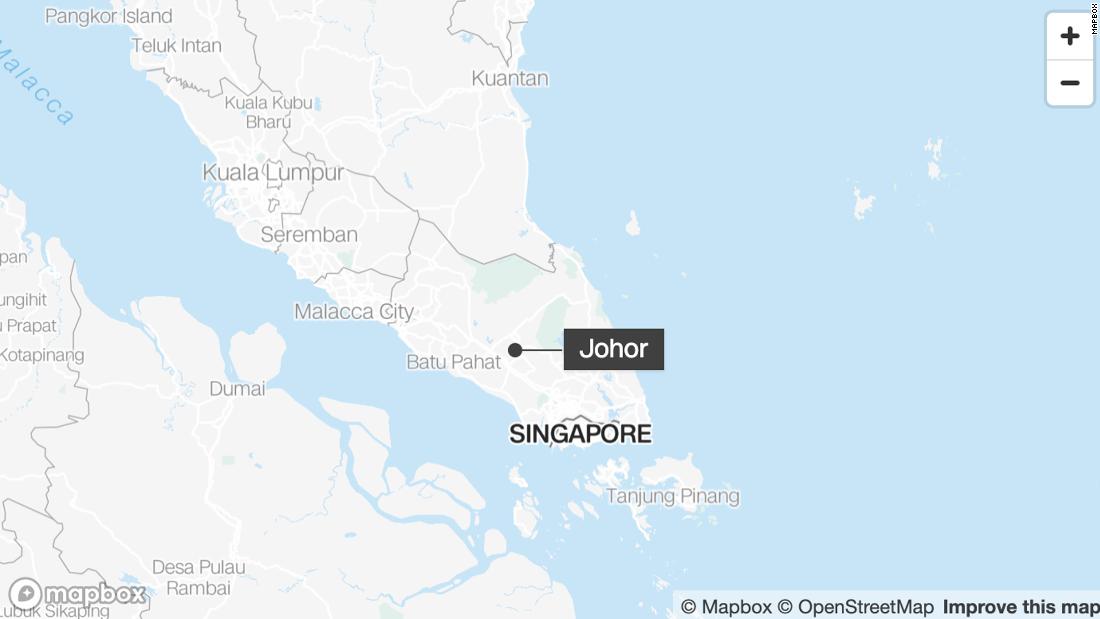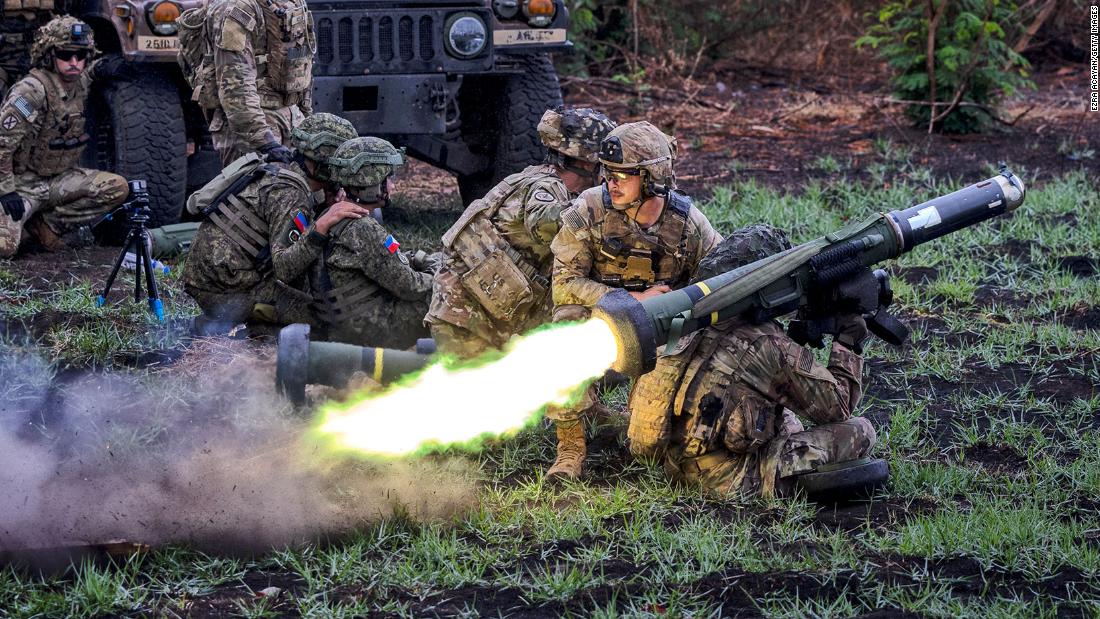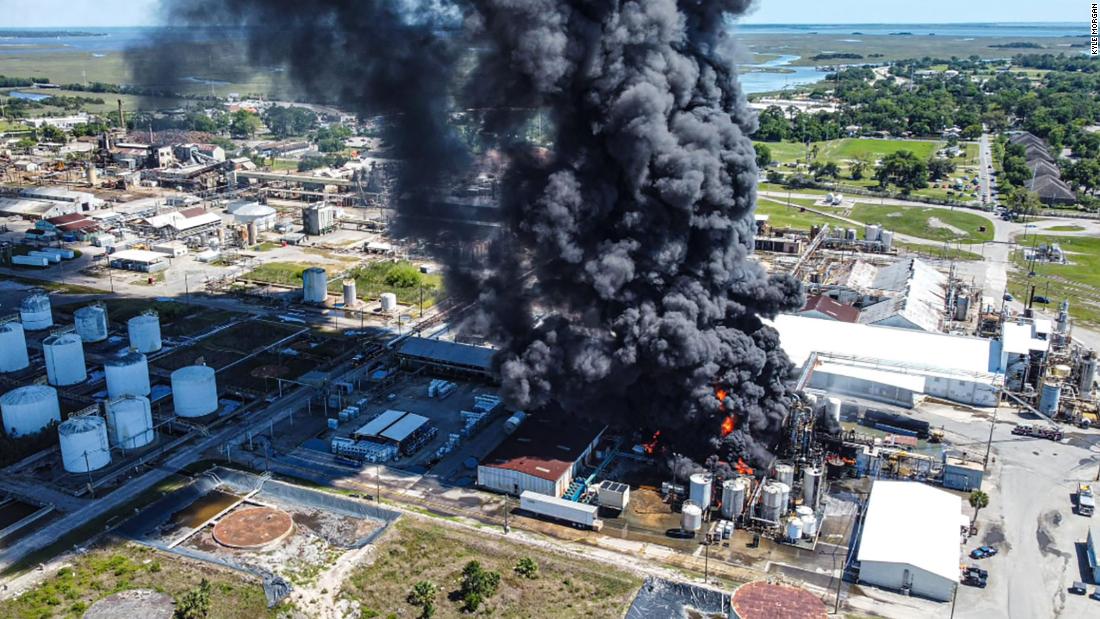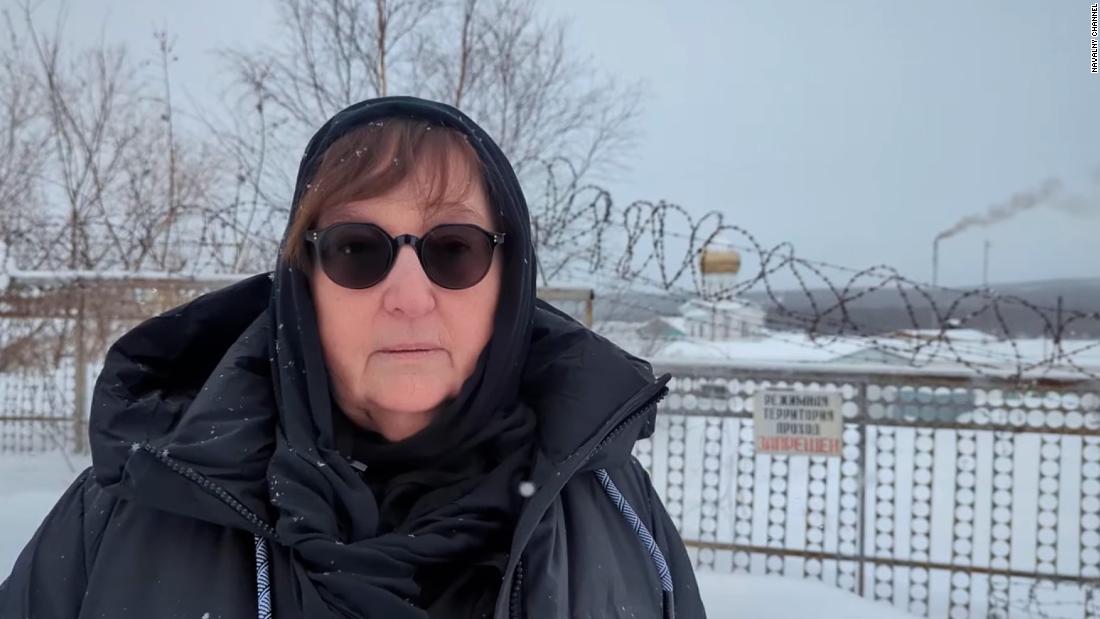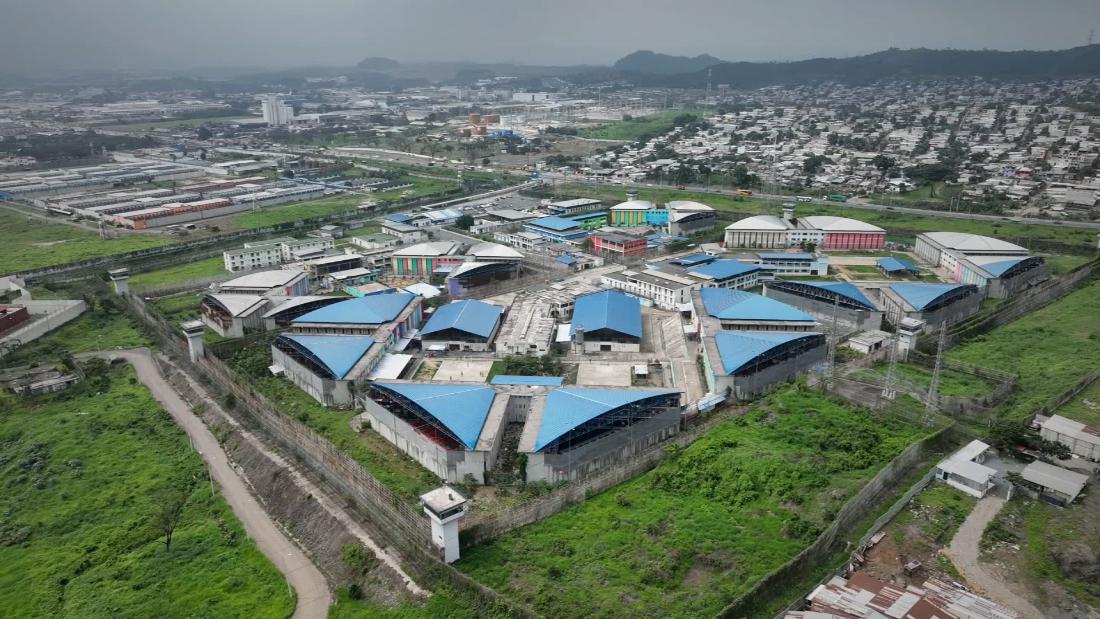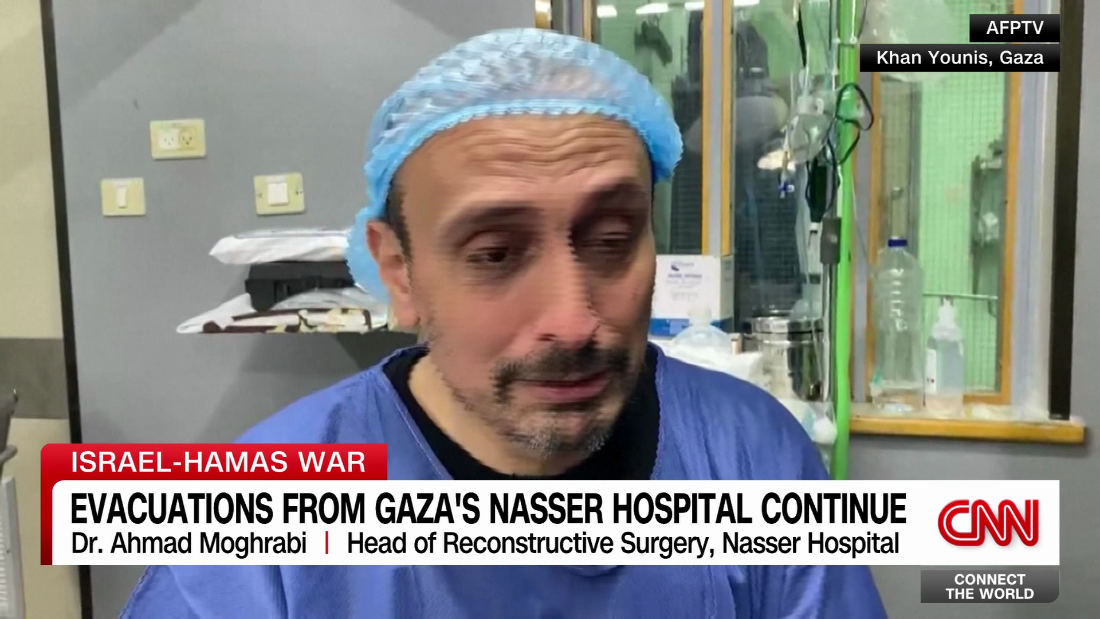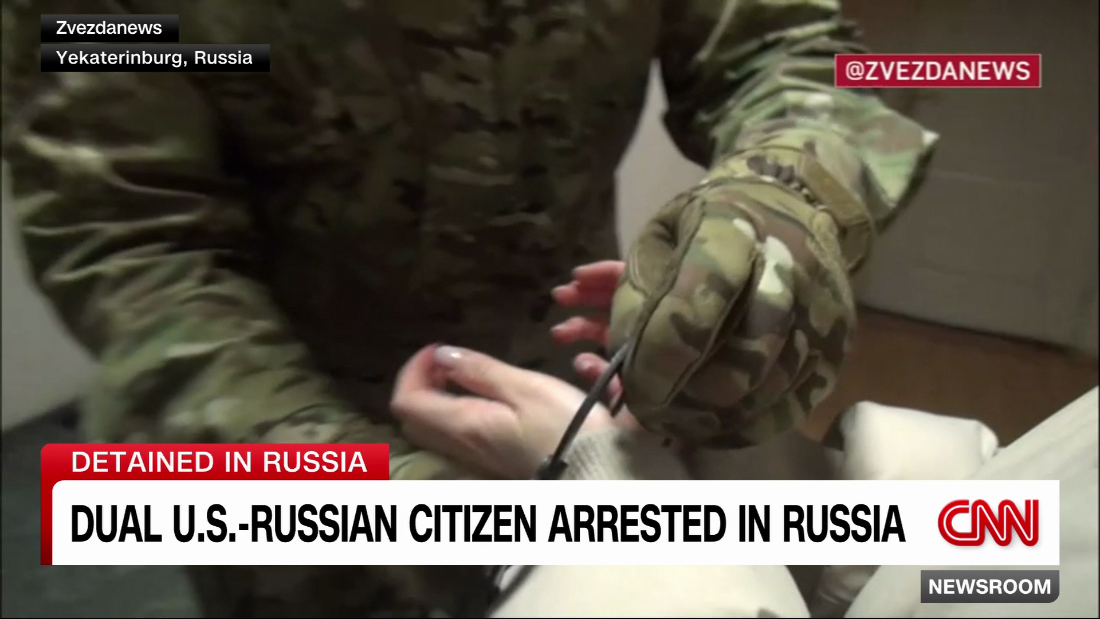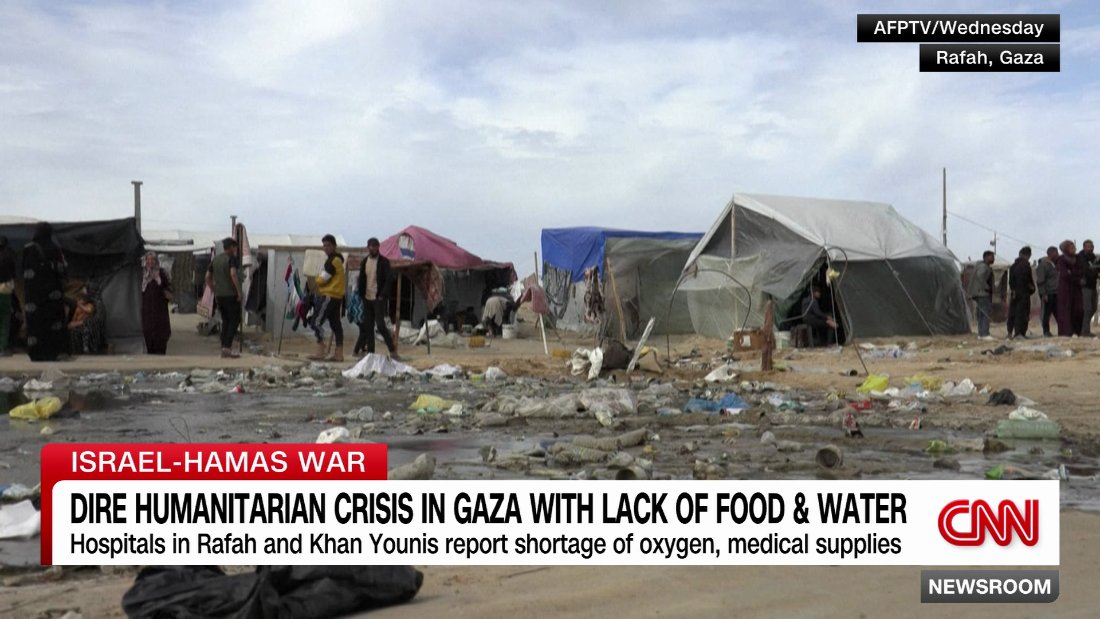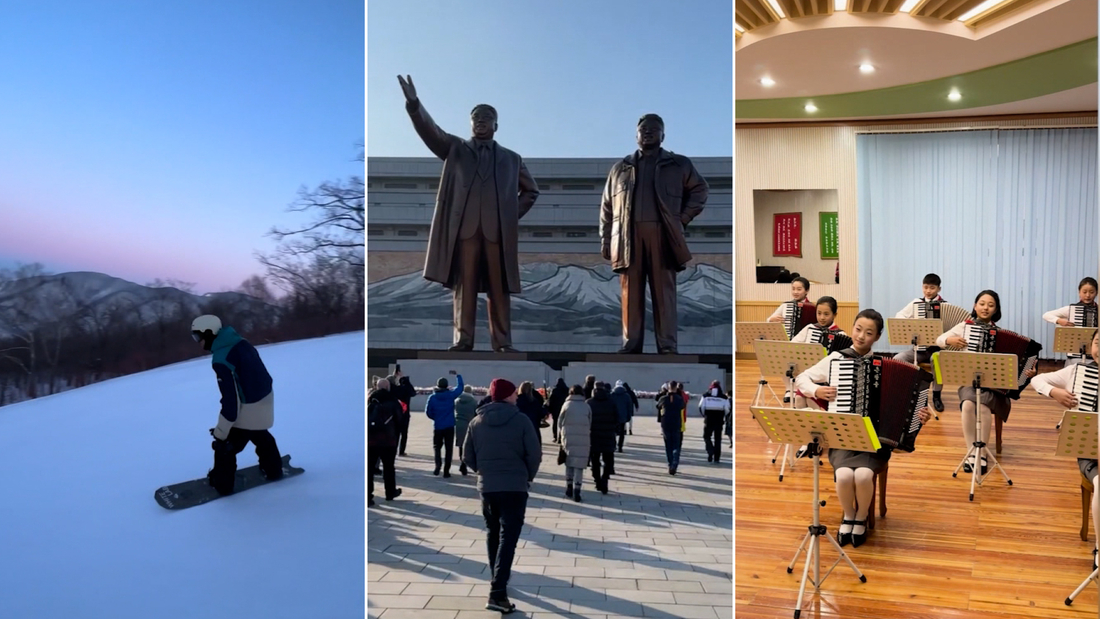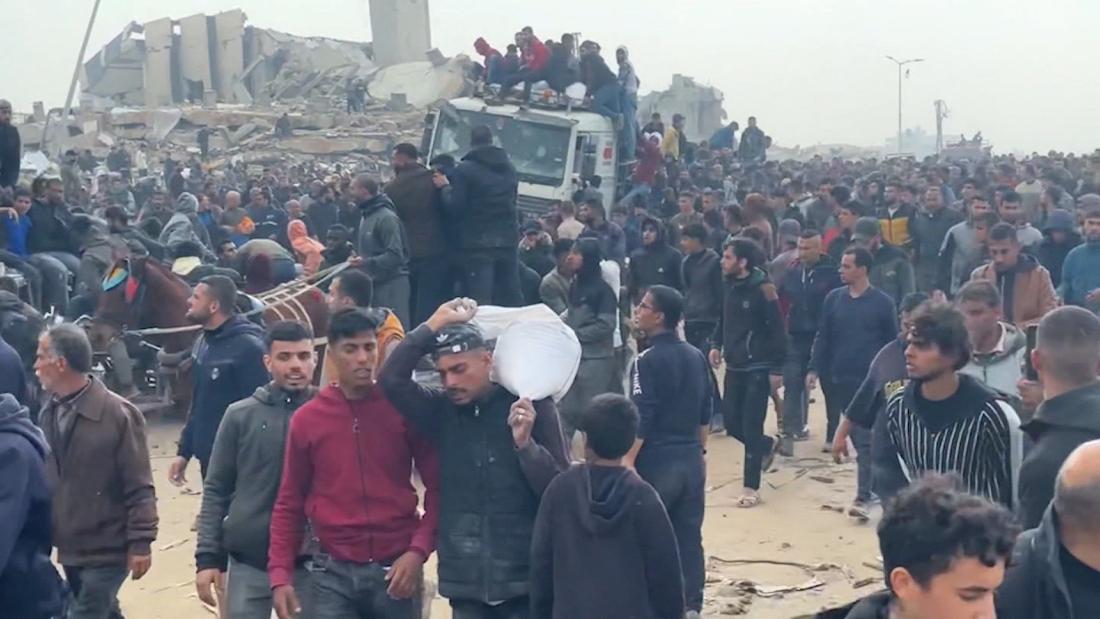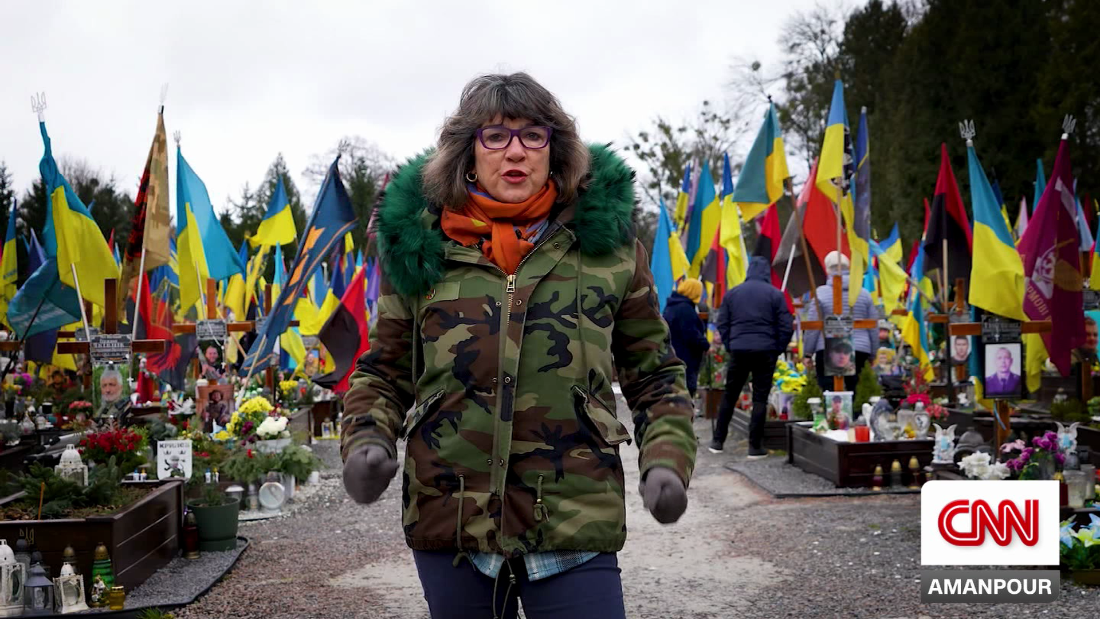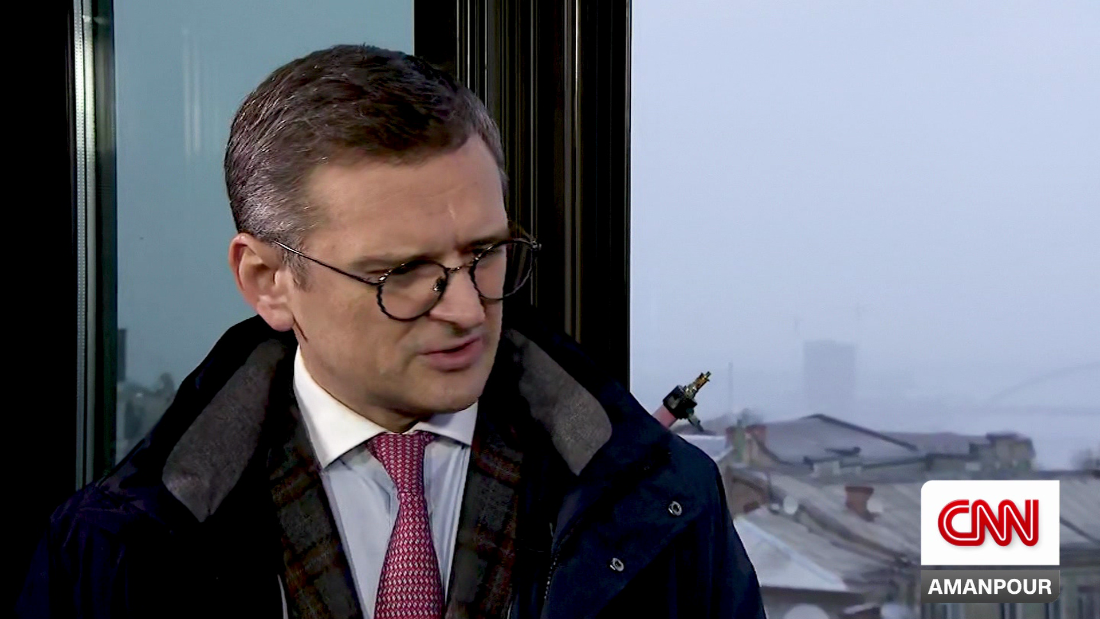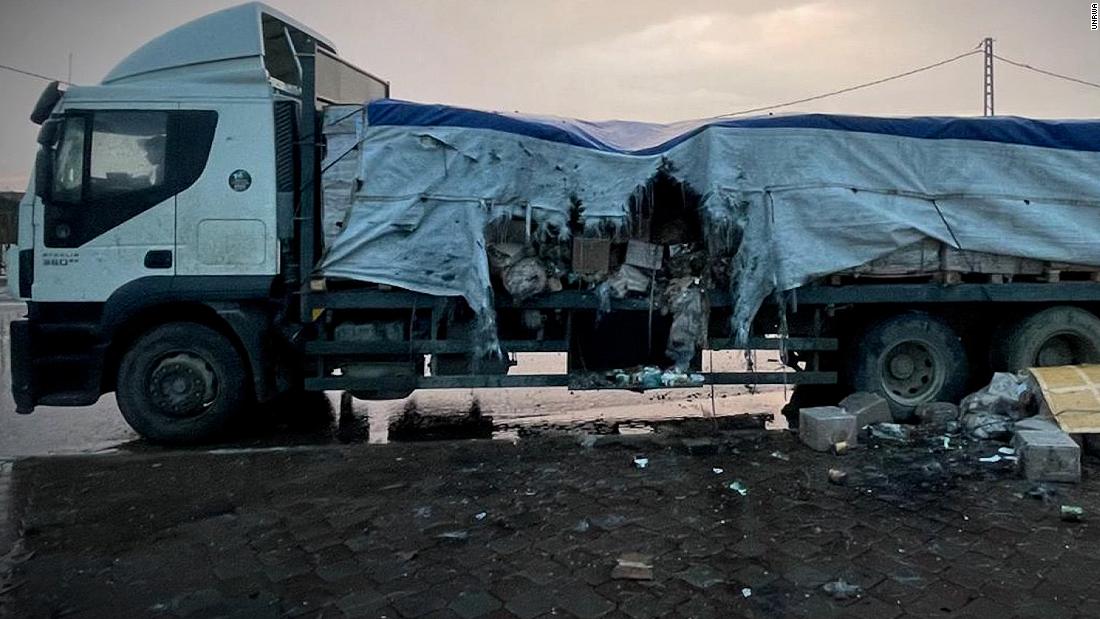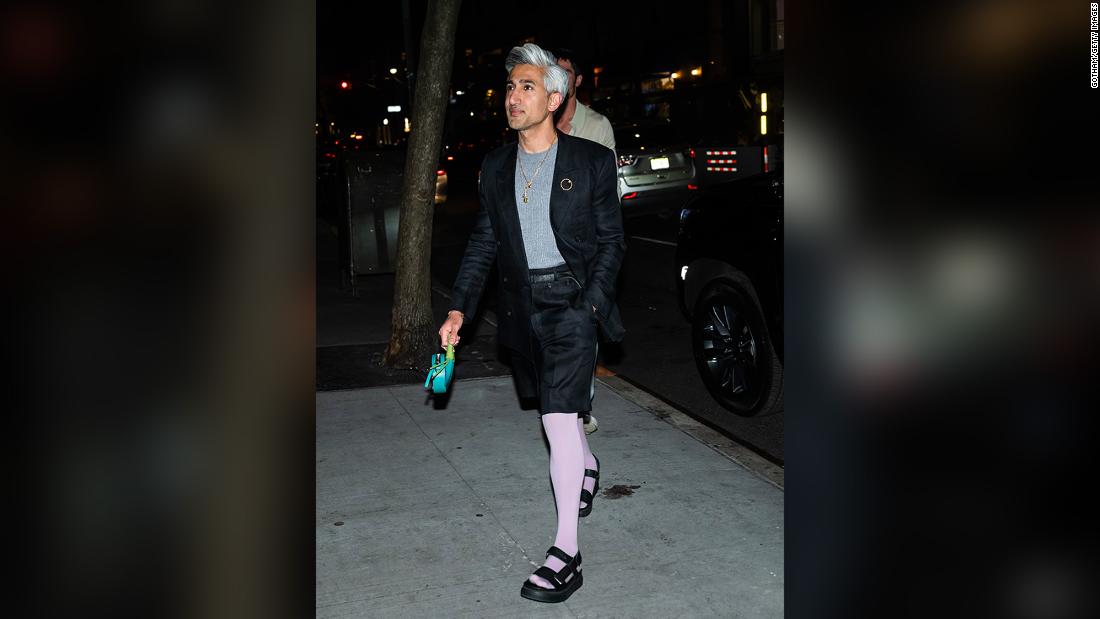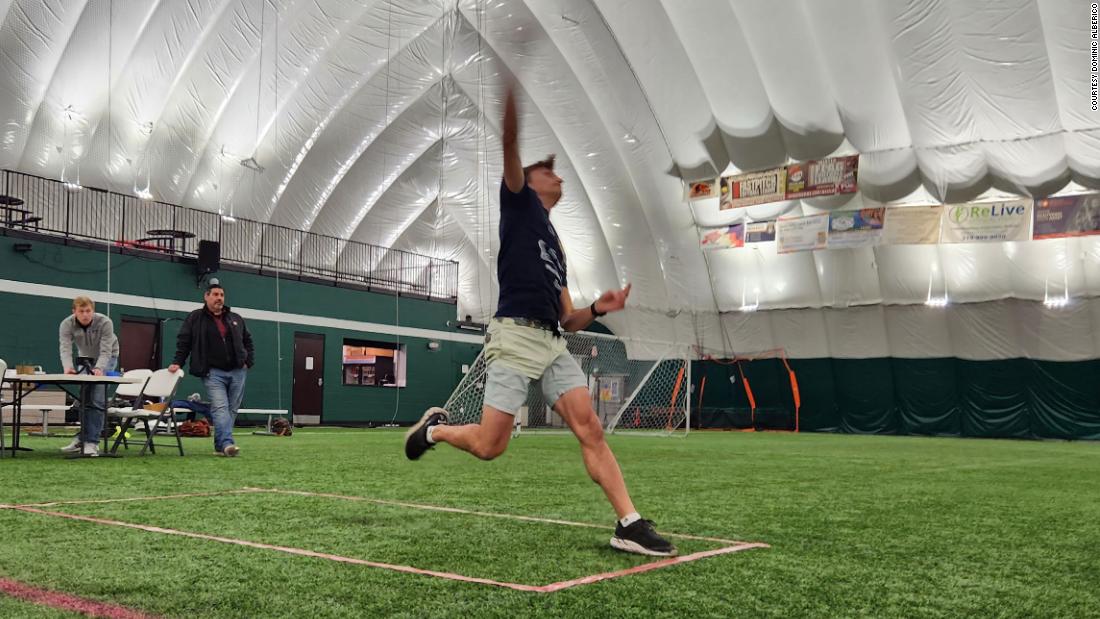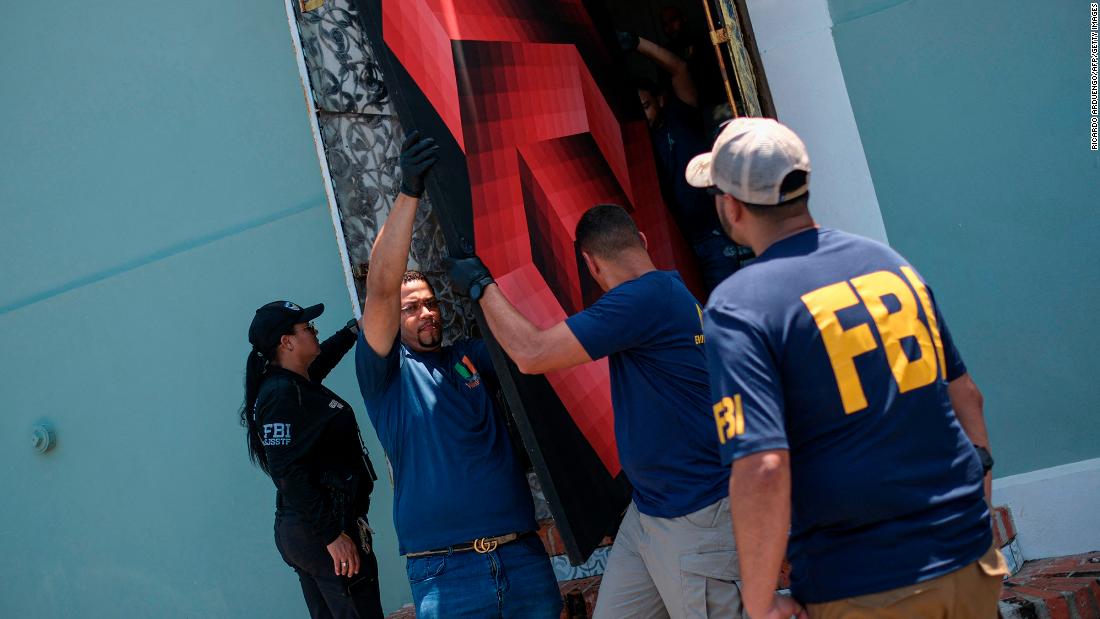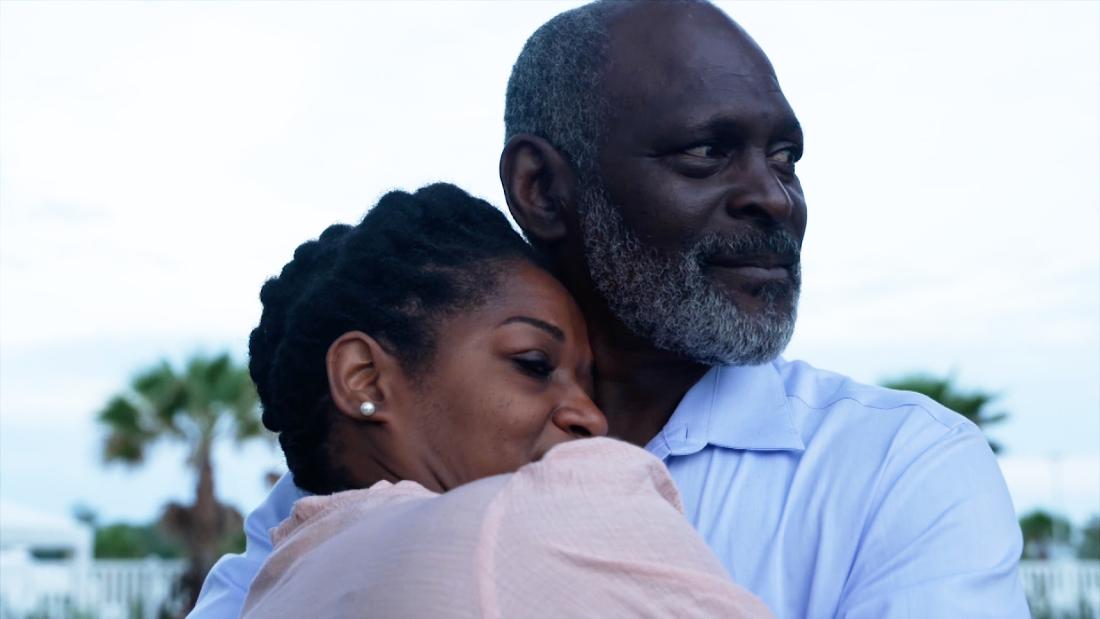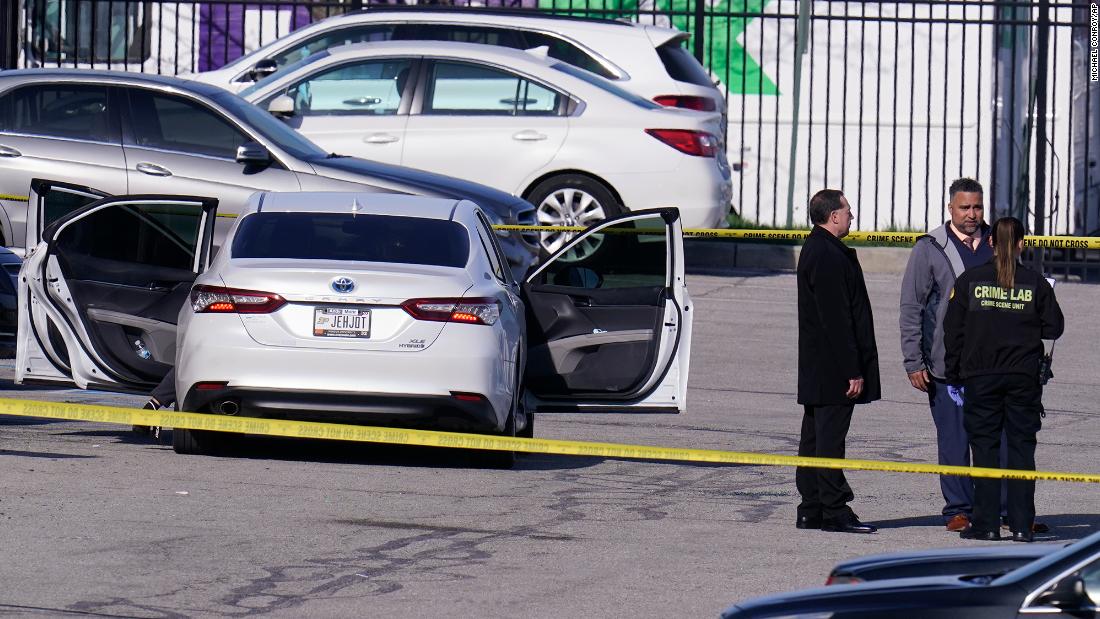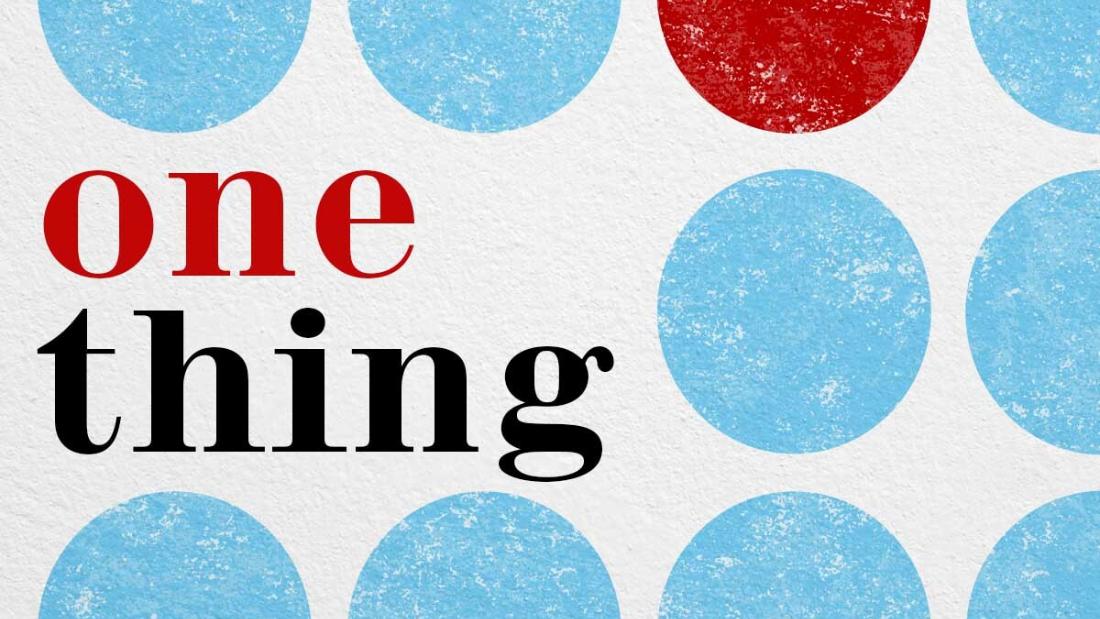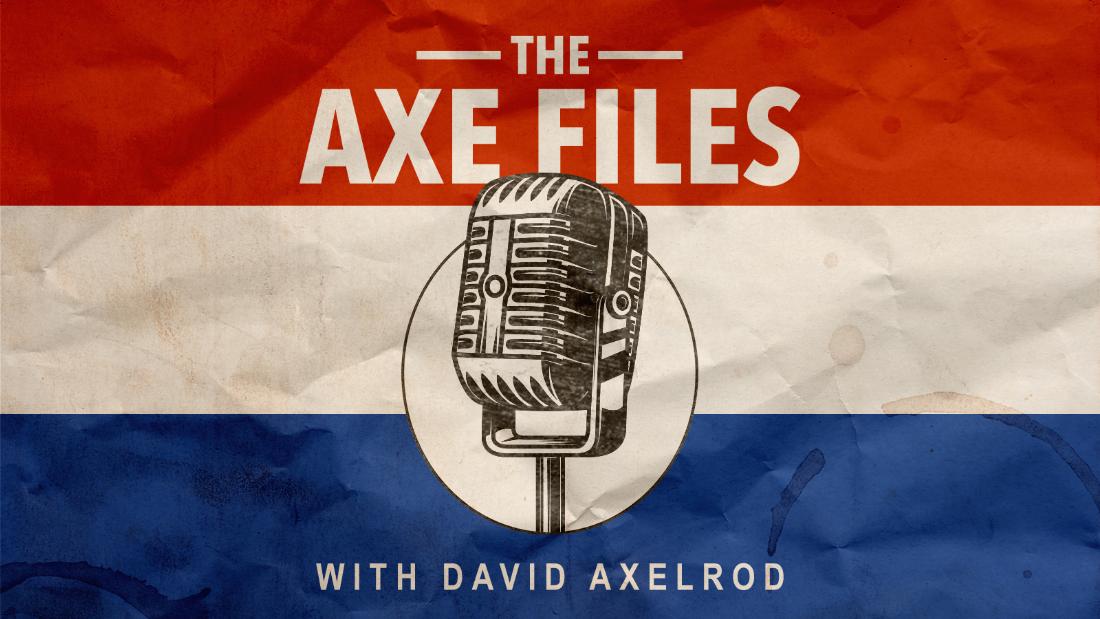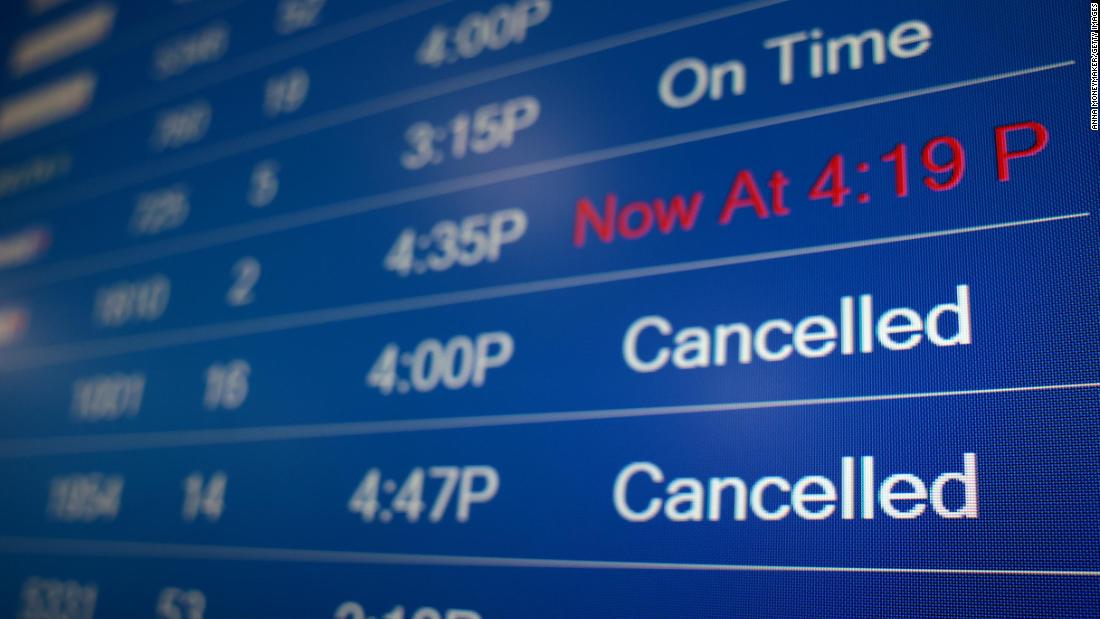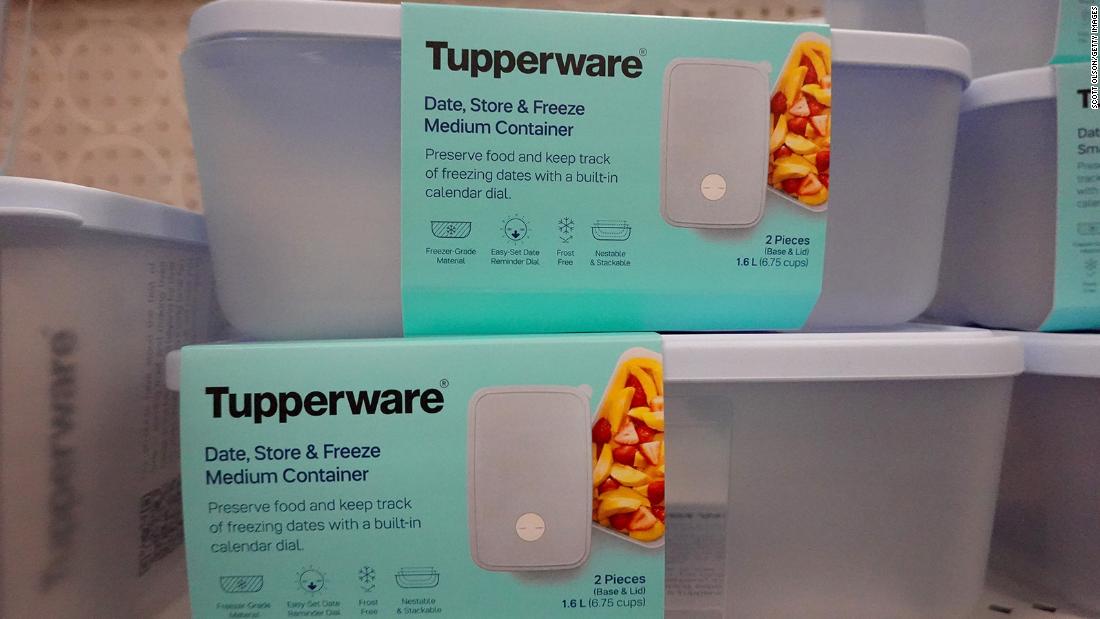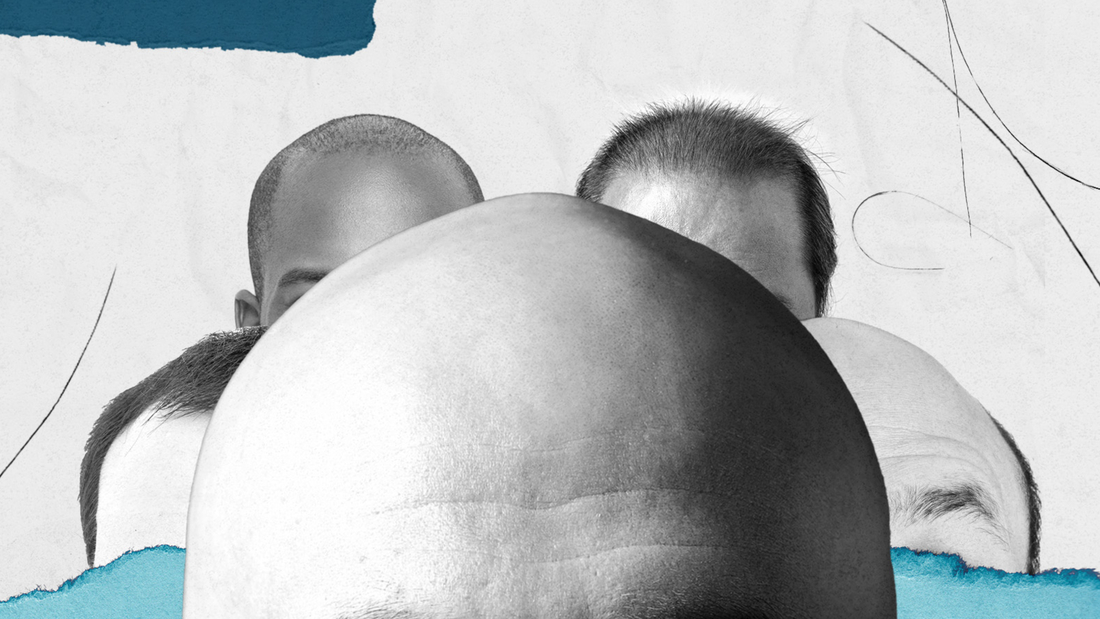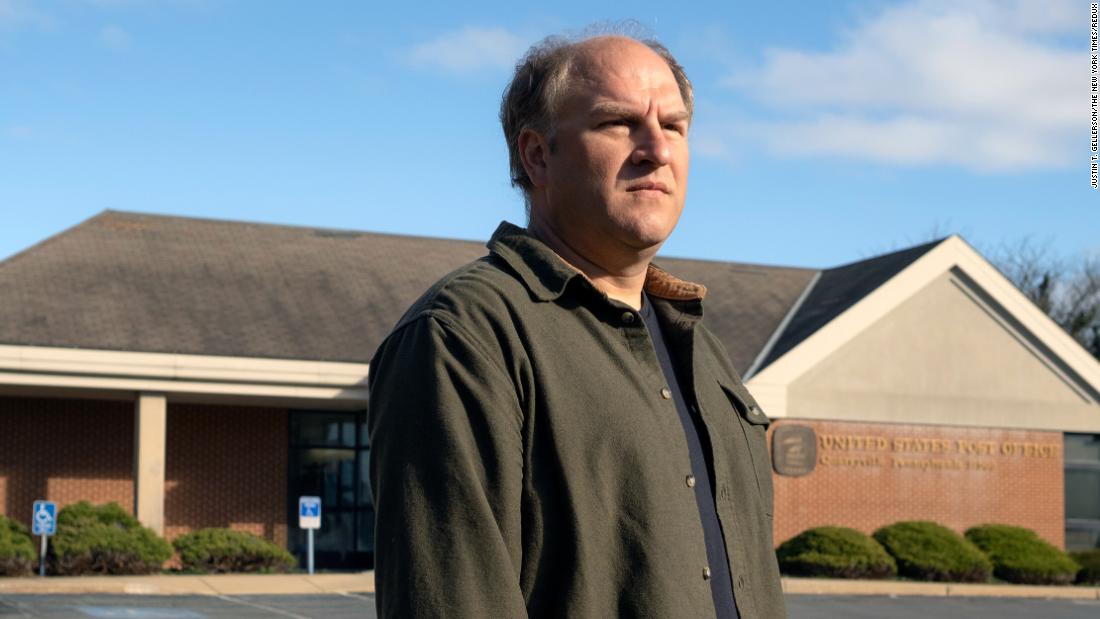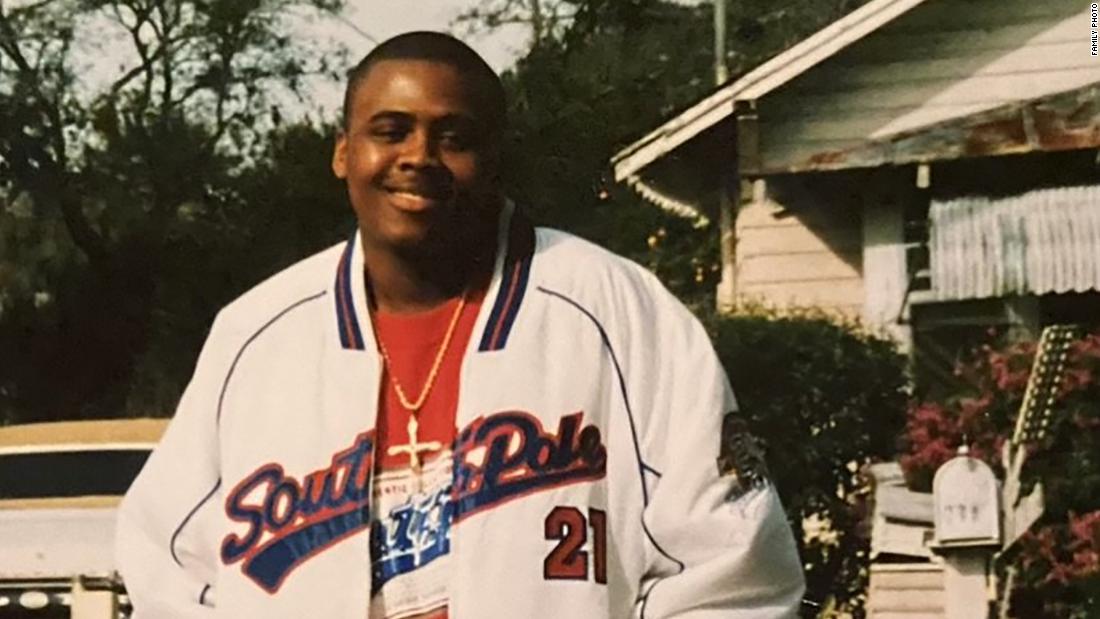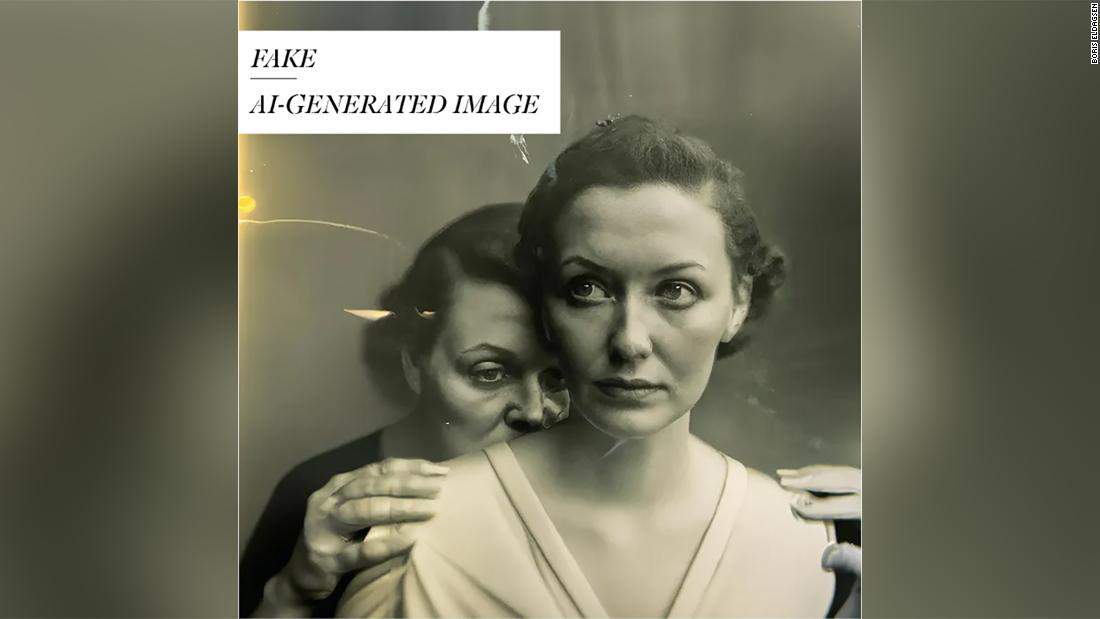“I THINK he OD-ed, they are trying to bring him back right now,” a passerby nonchalantly shrugs as a team of paramedics battle to save a man lying motionless on the street in downtown Los Angeles.
After several frantic minutes emergency workers manage to revive the middle-aged victim, while homeless folk continue to walk past barely acknowledging the harrowing scene.
JDMCRows of makeshift tents line the rat-infested streets of Skid Row, one of LA’s most notorious neighbourhoods[/caption]
JDMCA man passed out on the scorching hot sidewalk at 11.30am[/caption]
JDMCThe homeless on Skid Row have to rely on fire hydrants for their water[/caption]
With their patient now lightly breathing, a Los Angeles Fire Department supervisor announces into his radio: “I don’t know what he has taken.”
Shockingly, these distressing incidents have become part of everyday life for the thousands who reside in the City of Angels’ infamous Skid Row – dubbed the “zombie zone of the apocalypse” and “the closest thing to hell on earth” – and things are getting worse.
The neighbourhood for those of “no fixed abode” is within walking distance of the city’s thriving banking district and the Crypto Arena – home to the LA Lakers basketball team, for whom LeBron James, 40, recently signed a £38.6million ($52.6m) one-year contract.
The ground will also play host to music superstars Sabrina Carpenter and Lil Wayne later this year, as well as the interactive Disney Descendants/Zombies: Worlds Collide Tour.
Over on Skid Row, an area of roughly 0.4 square miles, made up of 50 blocks, there is barely a street corner where people are not passed out cold, seemingly tripping or battling deep-seated issues.
In a radius of just a few hundred metres, The Sun witnessed dozens of down-and-outs who appeared ravaged by the effects of drug addiction, alcoholism and mental illness.
One disturbed woman in the grip of a terrifying breakdown, wearing only one shoe, violently scratching her skin – a common side effect of fentanyl use – and howling “get away from me” forces drivers to detour away from her.
Closeby a young hispanic man goes ignored as he smacks his chest violently, yelling “water, water, water”, while a 20-something man who’d been swigging from a vodka bottle lies sprawled on the filthy sidewalk, which often hits scorching summer temperatures of 115 degrees fahrenheit.
Many tented spots had visible signs of heavy street drug use, with brown-burned tin foil sheets and balls strewn on pavements – likely used to smoked heroin and crack cocaine.
One recovering addict claims a hit of cocaine costs just 74p ($1), with meth at around £1.50 ($2) and fentanyl coming in as little as £3.70 ($5).
Huddled behind an abandoned rental truck, a couple in their twenties crouch beside an upturned bucket clutching three brown-charred pipes and several lighters.
Their friend begged us: “Please don’t take no photos, man.”
Another breathless man lies collapsed against a gate with a bottle of hand sanitiser at his feet.
Since the Covid pandemic there has been a huge rise in sanitiser consumption by addicts chasing an alcoholic high, with potentially fatal results.
Meanwhile, scantily clad men and women offer sexual services, in a bid to attract potential sex tourists. One 20-something guy, dressed in hot pants and a short top, provocatively thrusts his groin and twerks beside a drain pipe.
‘It’s like a toilet bowl’
JDMCLong term street survivor Zo Webb says ‘only the strong survive’ in Skid Row[/caption]
LA County’s 2022 Greater Los Angeles Homeless Count stated 4,400 people are experiencing homelessness in the Skid Row neighbourhood – but locals claim that figure is at least 25 per cent higher.
Officials labelled it “the epicentre of homelessness in the nation”, adding: “Skid Row also experiences the highest overdose mortality rate in LA County.”
It’s estimated that 60,000 people live without a permanent roof over their head in greater LA.
Long term street survivor Zo Webb, 55, tells us “only the strong survive” in that environment.
“You wouldn’t want your animals to live in this situation. It is dangerous out here. You got a lot of killers and molesters. It is like a toilet bowl,” he says.
You wouldn’t want your animals to live in this situation. It is dangerous out here. You got a lot of killers and molesters. It is like a toilet bowl
Webb, who has battled addiction, PTSD and mental illness since his teenage years, adds that he is on the streets “by choice” because his family cannot deal with his problems .
Compton-born Webb, 55, proudly declares he had been off cocaine for four days, but admits dealers target him aware of his instability.
“You know it’s here,” he says, noting that the price can be “anywhere from a dollar”.
Rocking back and forward he continues: “That isn’t going to have an effect on me.”
Webb has vowed to stay clean and “communicate with my family”, expressing his thanks to charities and LA City resources for assistance during the day.
But overnight those safe havens close, leaving many vulnerable to dealers and armed violent gangs.
“It is what it is. I am not going into that. There are a lot of addicts here from all around the world,” he adds. “I have seen kids take drugs.”
In 2020 official California state figures stated more than 5,000 Californians died from opioid overdoses, and 3,946 died due to fentanyl overdose.
Katherine White, Director of Operations and Patient Care for medical non profit Woundwalk.org, which provides free health clinics, tells The Sun: “Drugs are cheap. Five bucks a day is a pretty solid habit.
“And if you’re hungry, you can get high on fentanyl cheaper than you can eat.
“Between what you can beg, borrow, steal, sell yourself and sell whatever you can come across, the compulsion to continue using is so overwhelming – that is going to take precedence over everything else.”
Violent attacks
JDMCDozens of down and outs appear ravaged by the effects of drugs, addictions, alcoholism and mental illness[/caption]
JDMCThere is barely a street corner where people are not out cold seemingly tripping or dealing with deep seated issues[/caption]
JDMCTracy Gollo, 53, shared a shocking insight into her terrifying existence, surviving daily violent attacks and thefts – including being punched in the face that very morning[/caption]
Ex-hairstylist Tracy Gollo, 53, lives a terrifying existence, enduring daily violent attacks and thefts.
“This morning I got punched in the face,” she tells us. “They stole all my wigs.”
“I have been jumped on nine times in the last two weeks. I have gone through four tents. Stuff gets stolen daily.”
Teary-eyed, she recalls how after getting a new tent, “they burned that tent up the first night with me and my dogs in it… they poured lighter fluid all over it.”
Tracy is targeted by criminals, gangs or drug addicts “whenever somebody needs money”.
Showing us bruises on her arms and legs, she says: “My teeth are like this because my ex-wife abused me… in her defence she was overly medicated and was schizophrenic.”
If you’re hungry, you can get high on fentanyl cheaper than you can eat
Katherine White
New York born Tracy admits her beloved dogs are her “babies” who “give me hope” amid desperate moments.
Tracy, who has battled a brain tumour, mental health issues, diabetes and high blood pressure, is upset at not being put up in a city housing facility, having been interacting with officials for two years.
“Things are not getting better. They are not housing people. They (the city) only house people when they need to show off,” she says.
Tracy navigates life barefoot, dodging piles of putrid-smelling trash including dog and human excrement and used toilet paper.
She moans: “You can’t get anyone to clean up anything.”
‘People disappear all the time’
JDMCIt’s estimated 60,000 live without a permanent roof over their head in greater LA[/caption]
JDMCOfficial figures state 4,400 people are experiencing homelessness in the Skid Row neighbourhood – but the number is believed to be much higher[/caption]
A friendly private security guard, who works with one of the charity missions caring for the homeless, said the city’s efforts to regularly house the homeless, clean streets and remove tents are “short term”.
He said: “Honestly, many of those Skid Row streets are getting worse, because it feels more people are addicts because of the cheap drug prices and many low income folk are facing financial ruin and ending up homeless, because of high rents and the increased cost of living.
“For every person that gets housed, it feels like two more turn up in tents.”
The family man, who wishes to remain anonymous, insists city officials have little concept of the real dangers on the street.
He added: “People disappear all the time. Any female is seen by gangs as someone to use for sex trafficking or prostitution.
“When they go home, after 10 at night people living here have no idea whether they are going to survive the night,” he says.
“There is so much criminality that it’s impossible for law enforcement to monitor.”
When she and her WoundWalk team visit, Ms White says they try to offer medical aid, treatments and advice to hundreds on the street, but she admits females remain extremely vulnerable.
“I don’t think I’ve talked to hardly any women out here that haven’t been assaulted,” she says.
“They don’t bother trying to complain because who’s going to do anything? Who’s actually going to stand up and who’s going to investigate?
“The sex trafficking is also part of this. So if you’re participating in this, then if you’re raped, does it even count? Yes, of course it counts.
“But that’s the attitude that they get treated with. Having the choice over your body is an important part of life.”
I don’t think I’ve talked to hardly any women out here that haven’t been assaulted
Katherine White
A former Las Vegas security guard, who identifies as TL, lives out of a giant blue suitcase packed with neatly folded clothes.
He tells us: “I am not a drug addict. I’ve had five bedroom houses, sports cars and been to nice places. There is nobody I can call to help me get back on my feet.
“I can stay in a shelter where I may get a staph infection or be robbed; or I can move around in the streets where nobody knows where I am.
“But people get killed out here all the time. People get hit in the head here with hammer and all kinds of s***, so you have to keep moving.”
The 50-year-old, who grew up in South Central LA, says sexually transmitted diseases are rife.
“I don’t have unprotected sex with weirdos,” he says. “There are dangers everywhere.”
TL claims that a couple of months ago he was protecting world famous superstars including Mariah Carey, Usher, Drake and Lady Gaga, as a Sin City concert guard, but money issues and a divorce left him broke.
“Imagine, I had the best seat in the house and then I had to go to sleep behind a garbage can,” he says.
JDMCKatherine White, from medical non profit Woundwalk.org, says ‘If you’re hungry, you can get high on fentanyl cheaper than you can eat’[/caption]
JDMCLocal florist Hadder Gala, whose family have worked there for a decade, admitted: ‘People do not like coming here because they are scared’[/caption]
Incredibly many businesses attempt to survive amid this human devastation, but it’s hard.
Many hire security guards, or unite to deal “on the street” with problematic vagrants – such as inside America’s largest wholesale flower market, known as The Flower District.
Local florist Hadder Gala, whose family have worked there for a decade, admits: “People do not like coming here because they are scared.”
He adds that troubling incidents occur “every day” and homeless numbers are “growing”.
Hadder expresses his upset at seeing so many mentally unwell people, adding: “I don’t like how people are going through that.
“For all this to get better… the government has to help these people.”
Ms White also raises questions about the battle to assist the homeless.
“I don’t want to ever call this normal,” she says.
“When you consider the amount of billions of dollars that have been set aside for service, we should be flooded with social workers and counselling.”
LA County has attempted for the last decade to reduce the crises with a raft of initiatives and collaboration with city, state and governmental agencies and arms. Private businesses are also involved.
Officials point to successes such as the 19-story high-rise Weingart Center apartment building which will house almost 300 homeless in Skid Row.
The recently opened Skid Row Care Campus, offering a raft of services including showers, counselling, employment assistance and food, has been deemed a success.
In June 2023, Housing for Health and partners were awarded a £44m ($60m) state grant to provide housing and services to an estimated 2,500 individuals experiencing unsheltered homelessness on Skid Row.
The funding served as a catalyst for the Skid Row Action Plan, a £205m ($280m) initiative developed in collaboration with community members, business owners and service providers.
Traumatic history
Libby Boyce, senior manager at the Homeless Initiative for the County of Los Angeles and former-deputy director of Housing for the city, is optimistic about the future.
She admits Skid Row’s residents have “traumatic histories” but insists the area is “a vibrant and special community” with “arts all over the place”.
“Even though it looks to the naked eye, the way it looks, it’s a beautiful place. Working there taught me that,” she says.
“When you sit down and talk to people, if you have any empathy in your heart, you go, ‘Wow, I can’t believe that they’re still alive.’
“So at the end of the day, that’s what I think the misunderstanding is.”
Boyce, speaking at the 16th Thirst Gala at the SLS Hotel in LA, believes the Skid Row Campus has made a difference already.
“We have a real problem in LA with the lack of affordable housing, and we also have a huge rental burden,” she says.
“You can’t get an apartment for under $2,000 [£1,471] in Los Angeles. So it’s really about economics.
“People who have very traumatic histories who maybe don’t handle stress the same way. Somebody who doesn’t have a traumatic history, and then they land up un-housed and it just spirals from there.”
She adds: “We’ve housed so many people. Unfortunately, the new administration is cutting our housing, which is a bummer, but we’ll just keep on housing people as much as we can and hope that we can keep people from falling into homelessness.”
Boyce urged for more investment in police officers on the streets to assist vulnerable groups.
JDMCLA County has been working to address the crisis in Skid Row[/caption]
JDMCSkid Row residents are said to have ‘traumatic histories’[/caption] Published: [#item_custom_pubDate]















